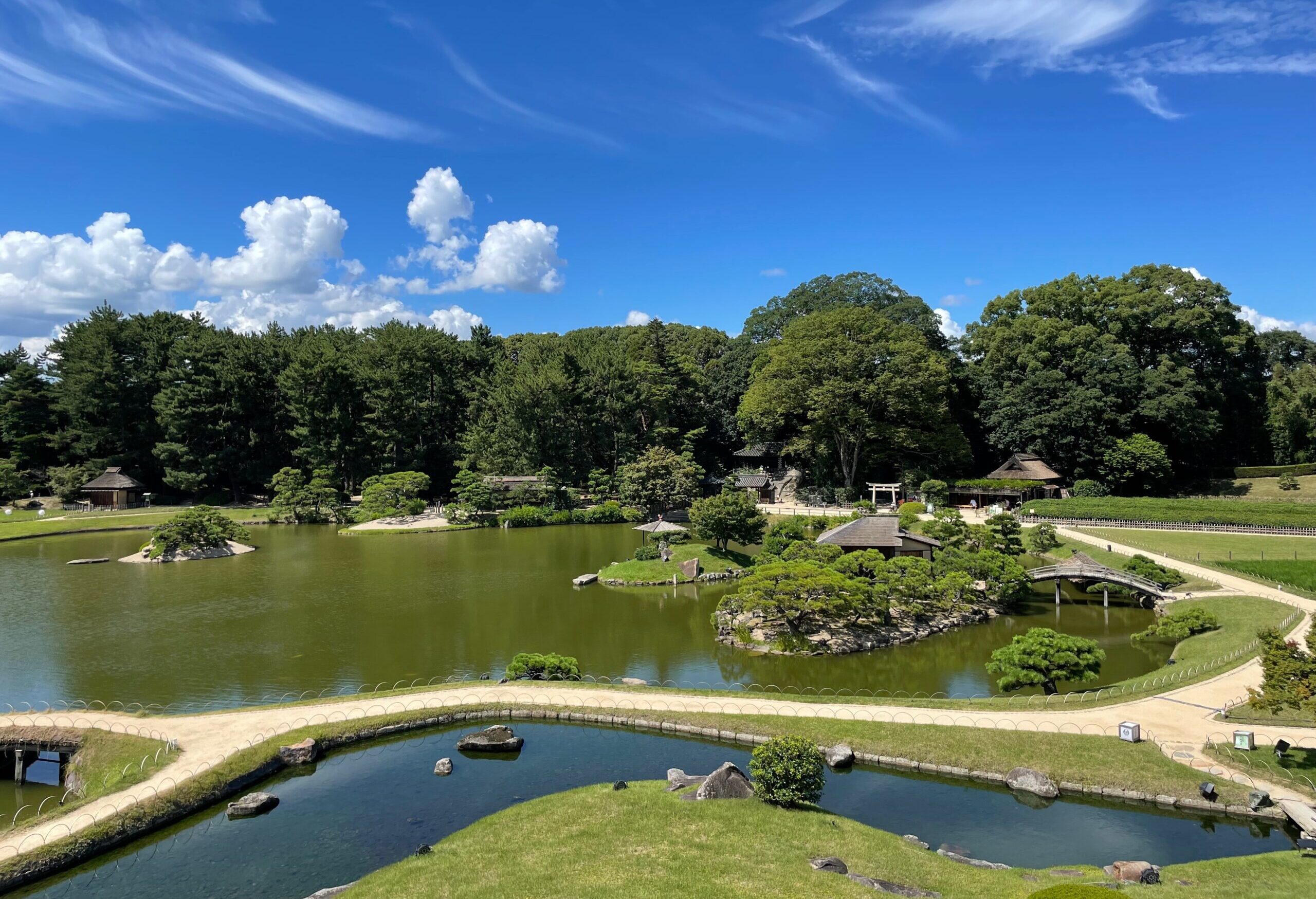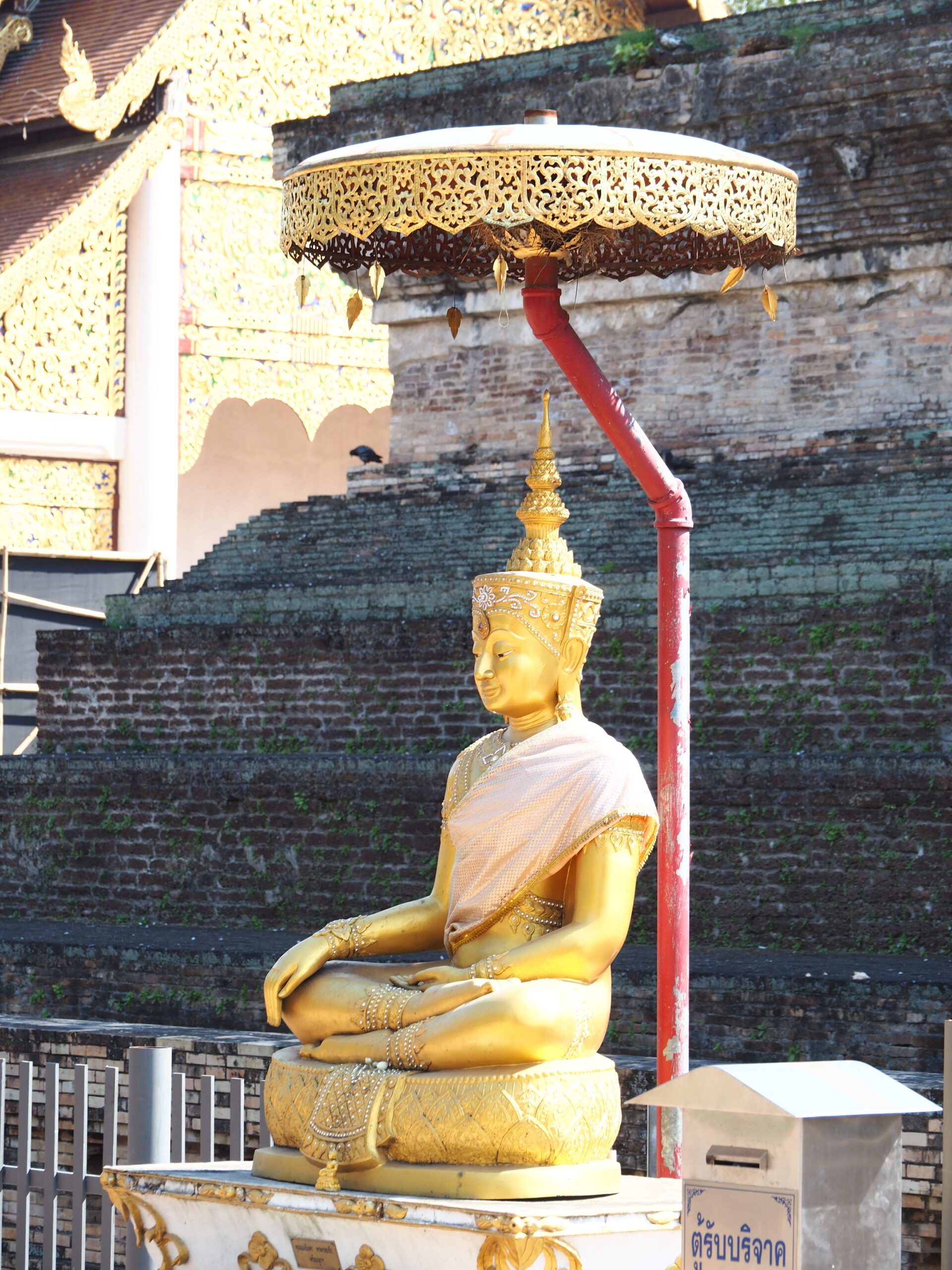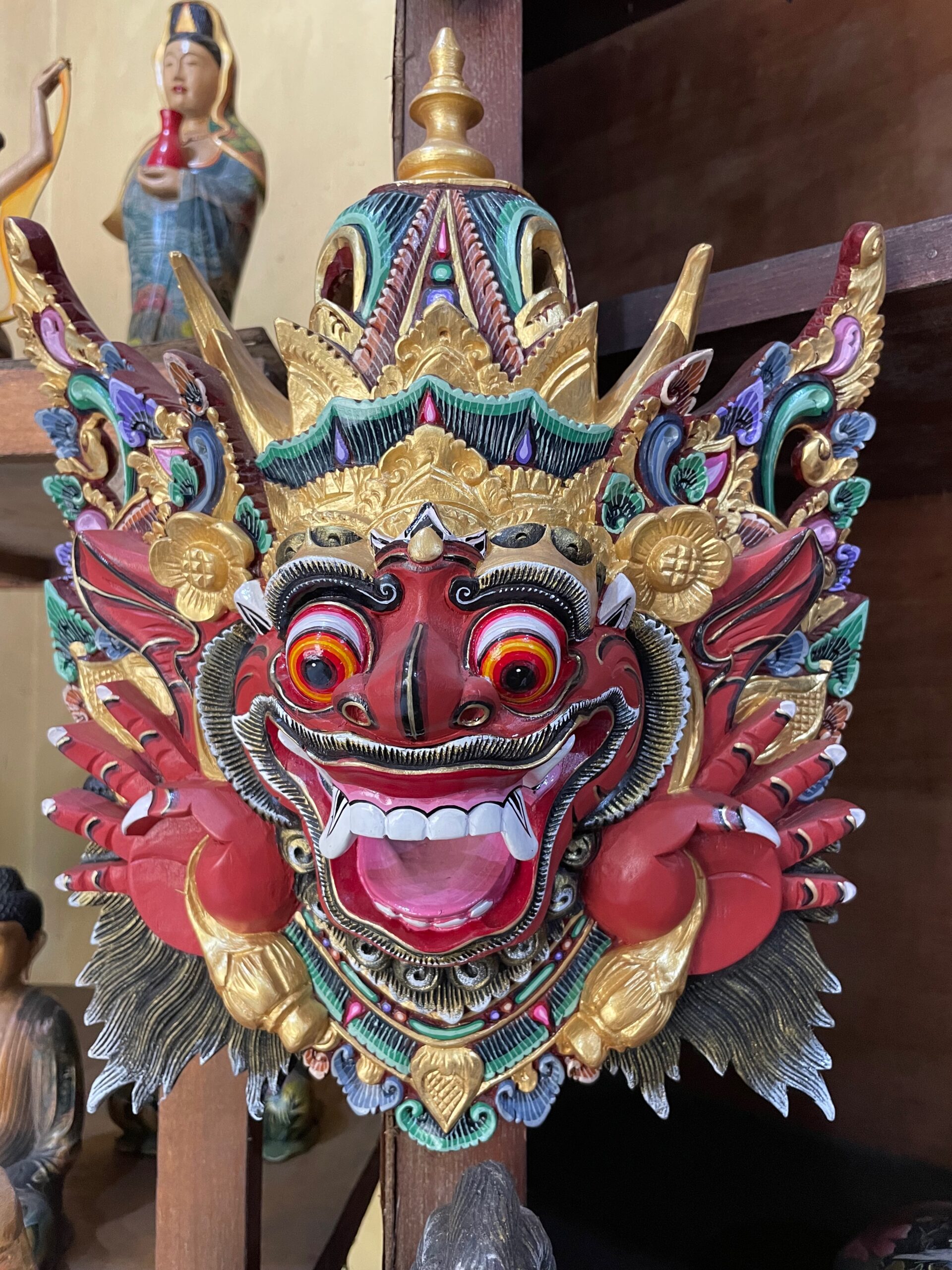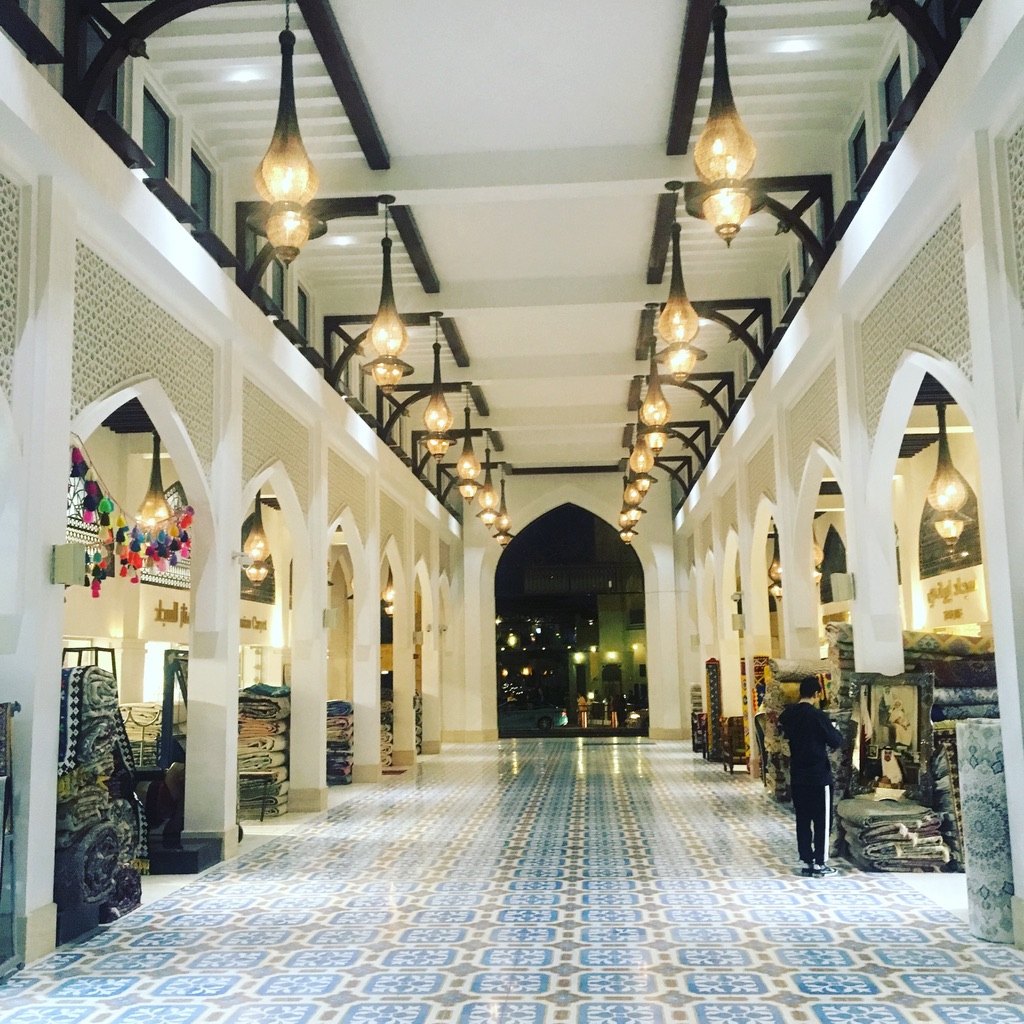Japan is renowned for its exquisite gardens, which seamlessly blend nature, architecture, and culture. During my 12 days in Japan I wanted to visit at least one of the Great Gardens in Japan to admire their thoughtful composition and sink in the Japanese tradition of relax and contemplation in the nature which seems like the gardens where designed for. The 3 Great Gardens in Japan include Kenroku-en in Kanazawa, Kōraku-en in Okayama and Kairaku-en in Mito. I have visited two of them: Kenroku-en in Kanazawa and Kōraku-en in Okayama.
The first garden I visited was Kenroku-en, located in a beautiful city of Kanazawa in Ishikawa Prefecture. You can easily get to Kanazawa by a direct bullet train from Tokyo or plan an additional stop if you’re visiting Nagano, Tayama or a very popular village Shirakawa. Kanazawa on its own is an incredible town with a lot of cultural sites, if you want to see an interior of a samurai house or learn more about Japanese tea traditions and geisha culture this city is a perfect place for explorations. Kanazawa is also a great destination for foodies, the city is famous for its Kaga Cuisine which is a regional culinary style that includes kaiseki (traditional multi-course meals), fresh seafood, and unique ingredients. Don’t miss trying local specialties like gold leaf ice cream and sushi made with freshly caught fish.
Kenroku-en garden located conveniently in the centre of the city is one of Japan’s most celebrated and iconic traditional landscape gardens. Its name, “Kenroku-en,” means the “Garden of the Six Sublimities,” signifying the six attributes of a perfect garden in Chinese garden theory: spaciousness, seclusion, artificiality, antiquity, abundant water, and broad views. This garden showcases a harmonious blend of nature and artistry.
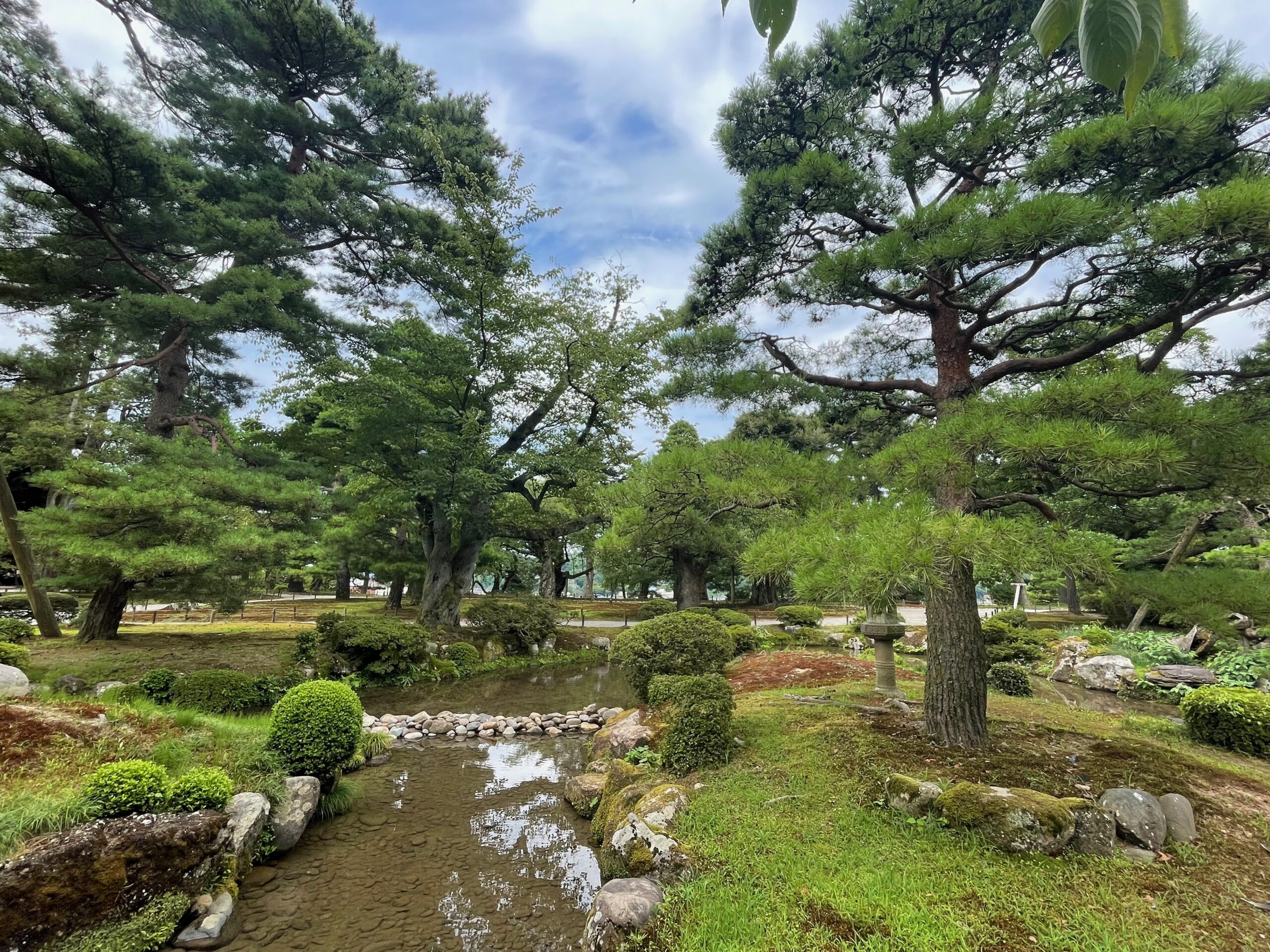 |
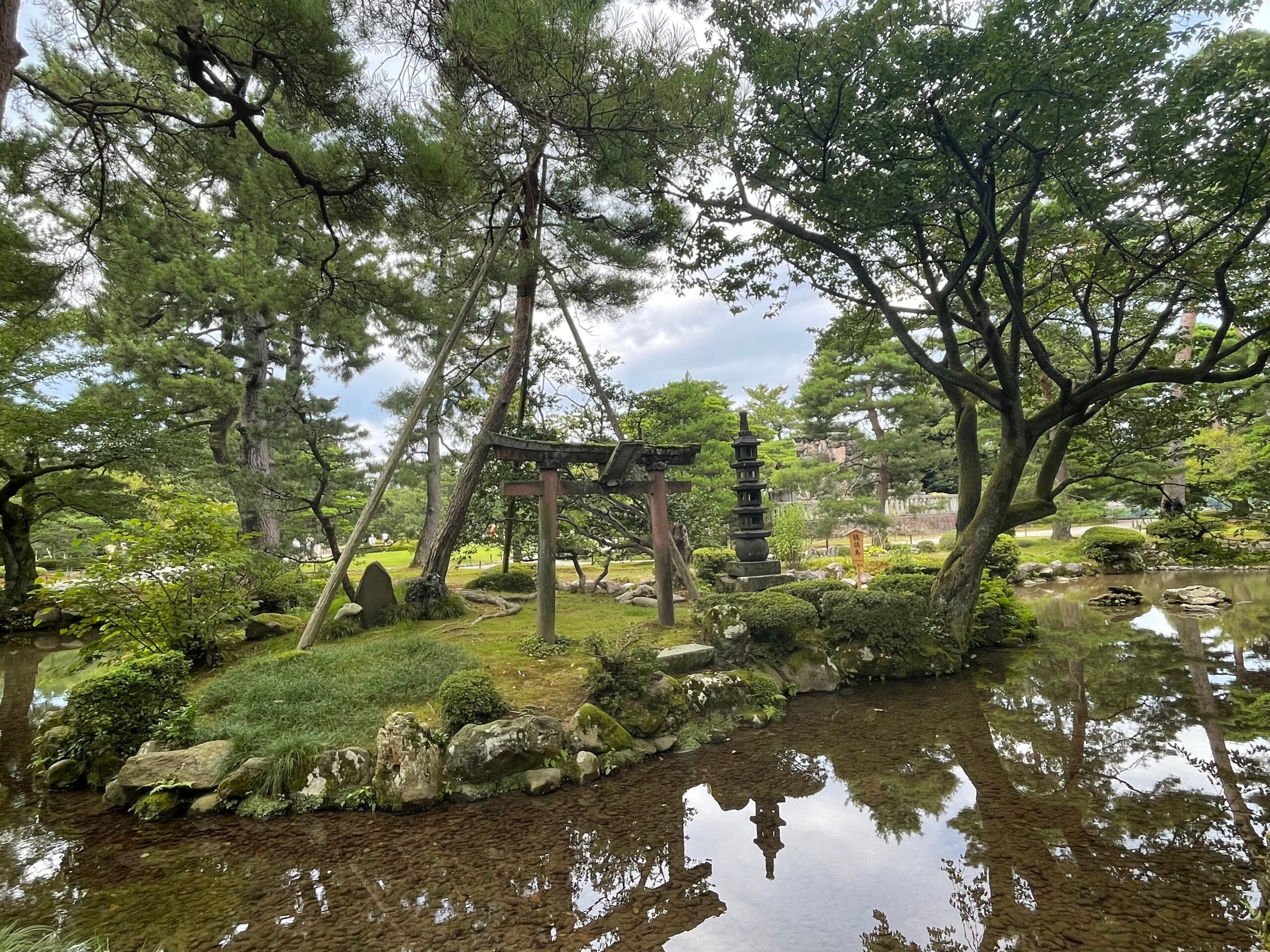 |
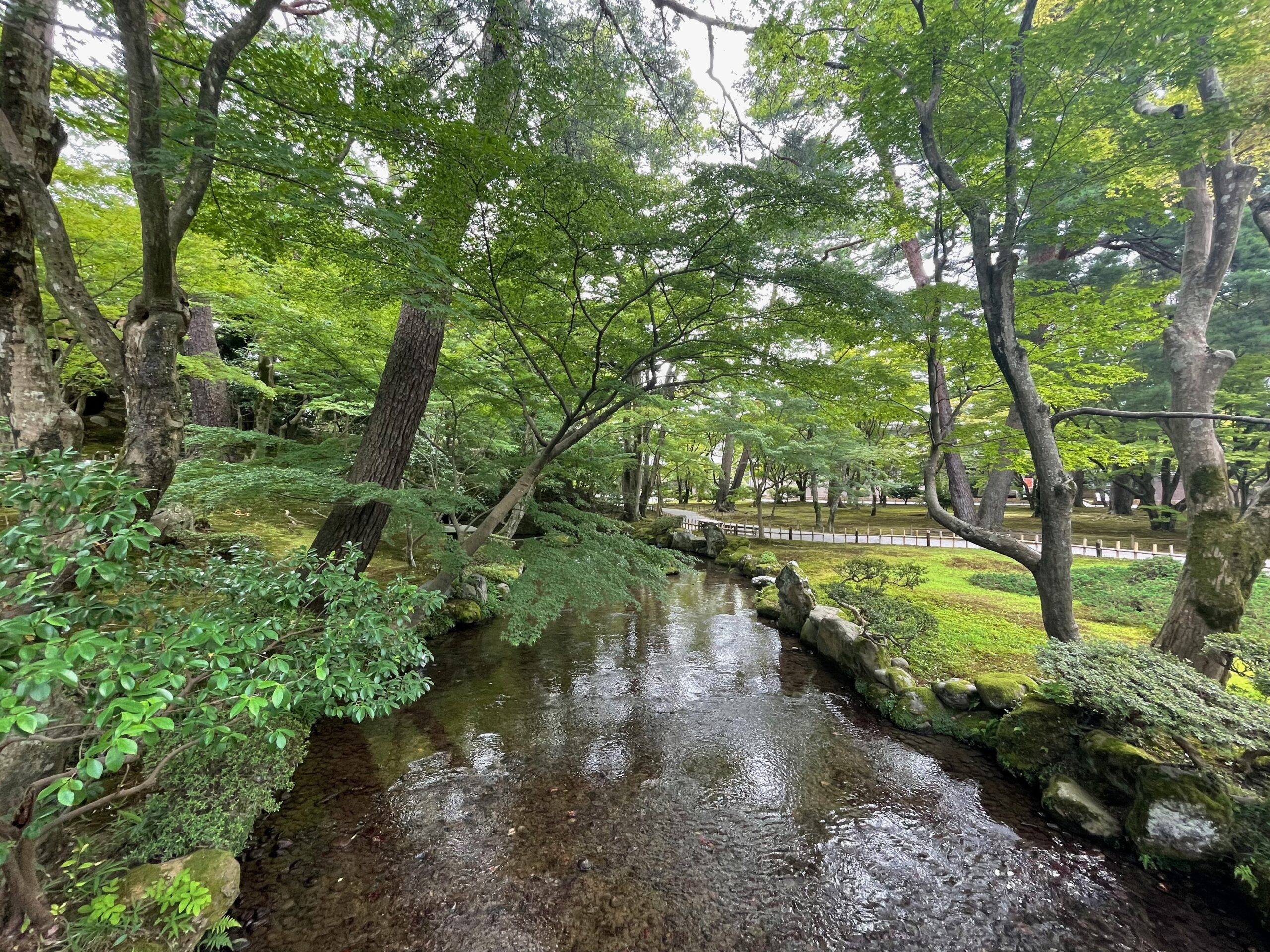 |
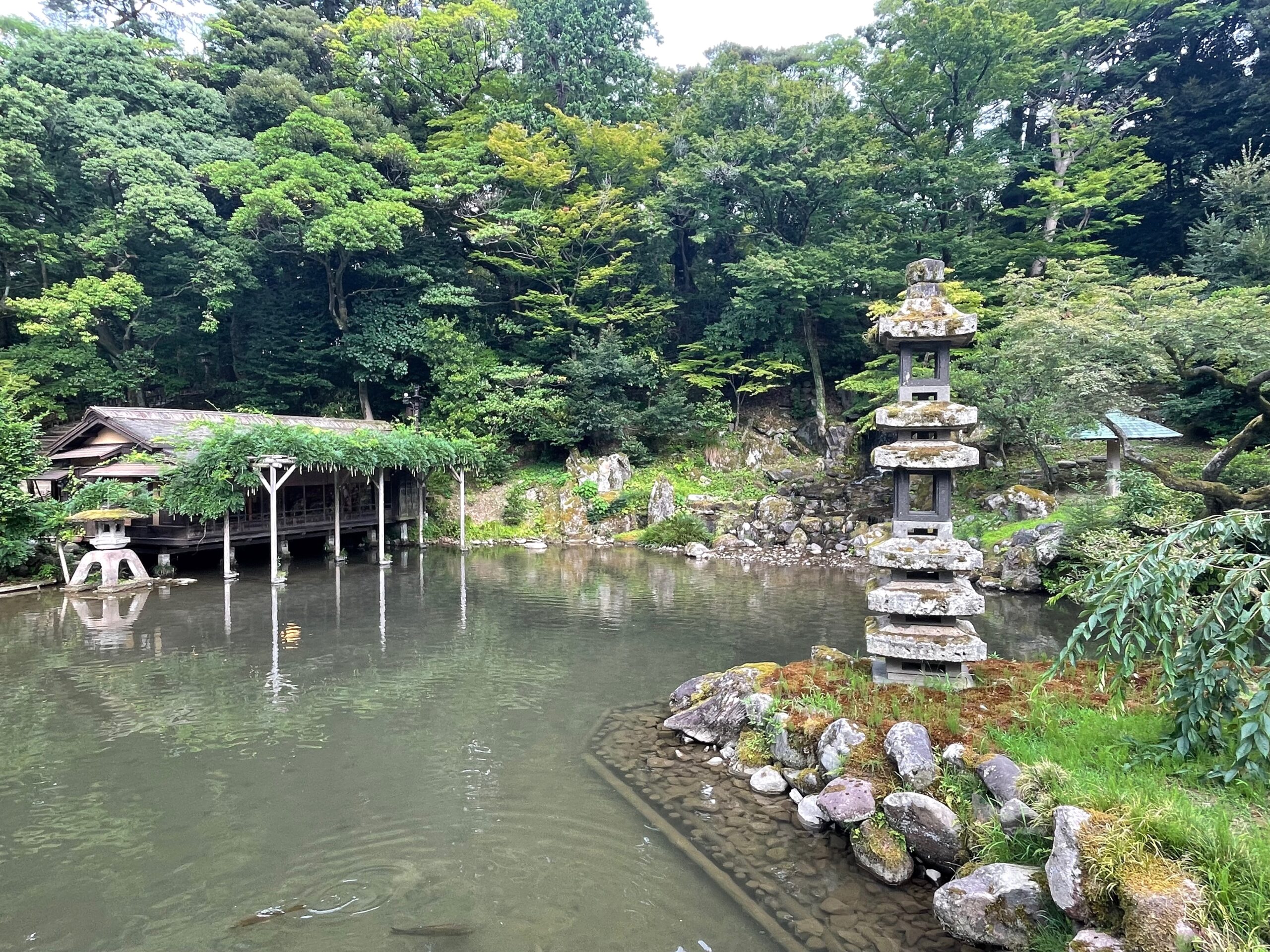 |
Kenroku-en’s history dates back to the 17th century when it was created by the ruling Maeda family. Over the centuries, it was expanded and refined into its present form, making it a true testament to the Edo-period landscaping and garden design. The garden’s historical significance is evident in the preserved structures and design elements.
Kenroku-en is a vast park, at the entrance you will get a paper map which is helpful to navigate. The garden features a central pond with various streams, waterfalls, stone lanterns, and small islands. Every element in Kenroku-en has been meticulously placed to create a harmonious and balanced landscape. The arrangement of rocks, trees, and man-made structures follows the principles of Japanese garden design, emphasizing balance and simplicity. There is plenty of places you can sit and calmly enjoy the landscapes, walk slowly the absorb the serene atmosphere and find a spot with a panoramic view at Kanazawa.
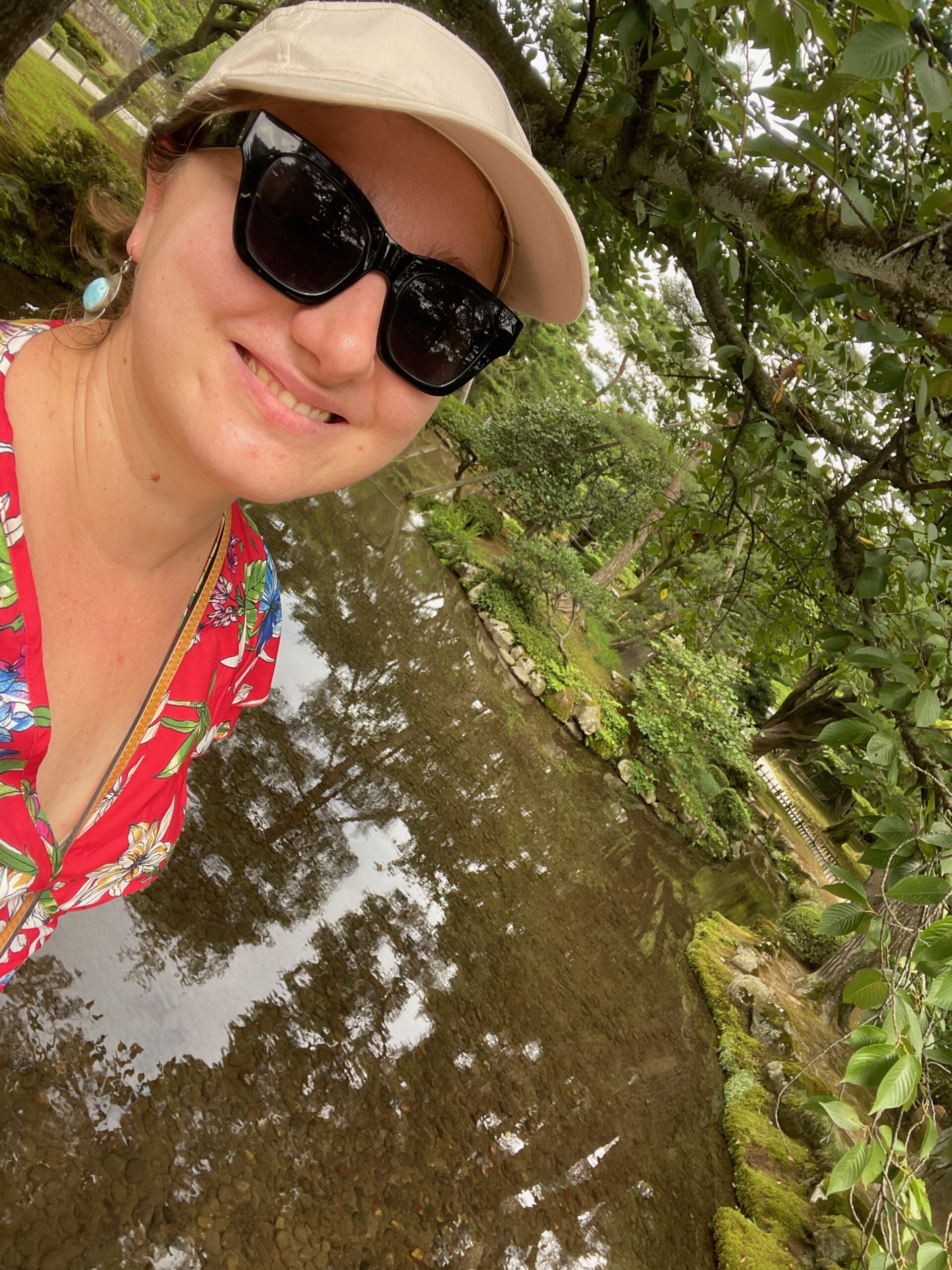 |
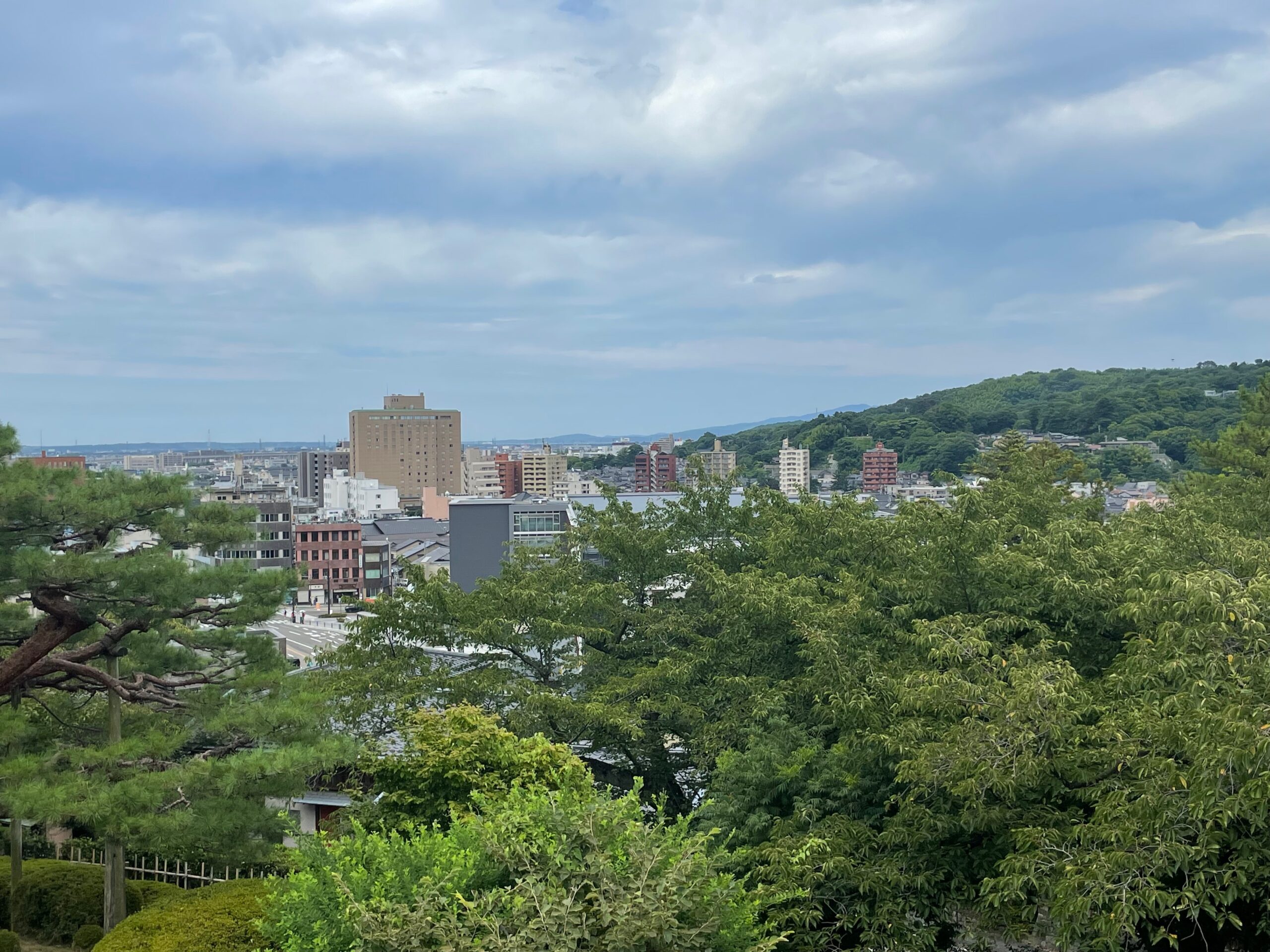 |
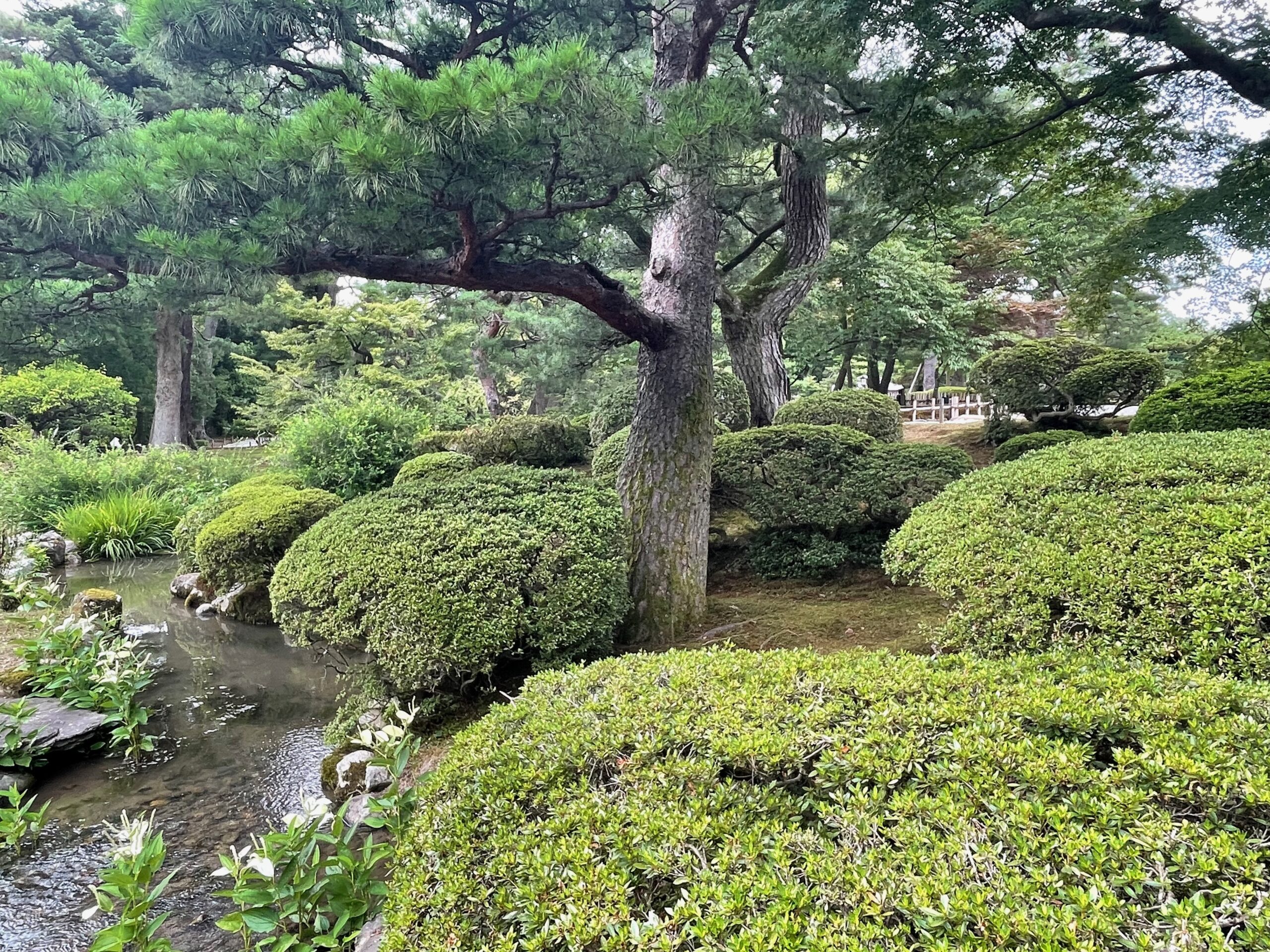 |
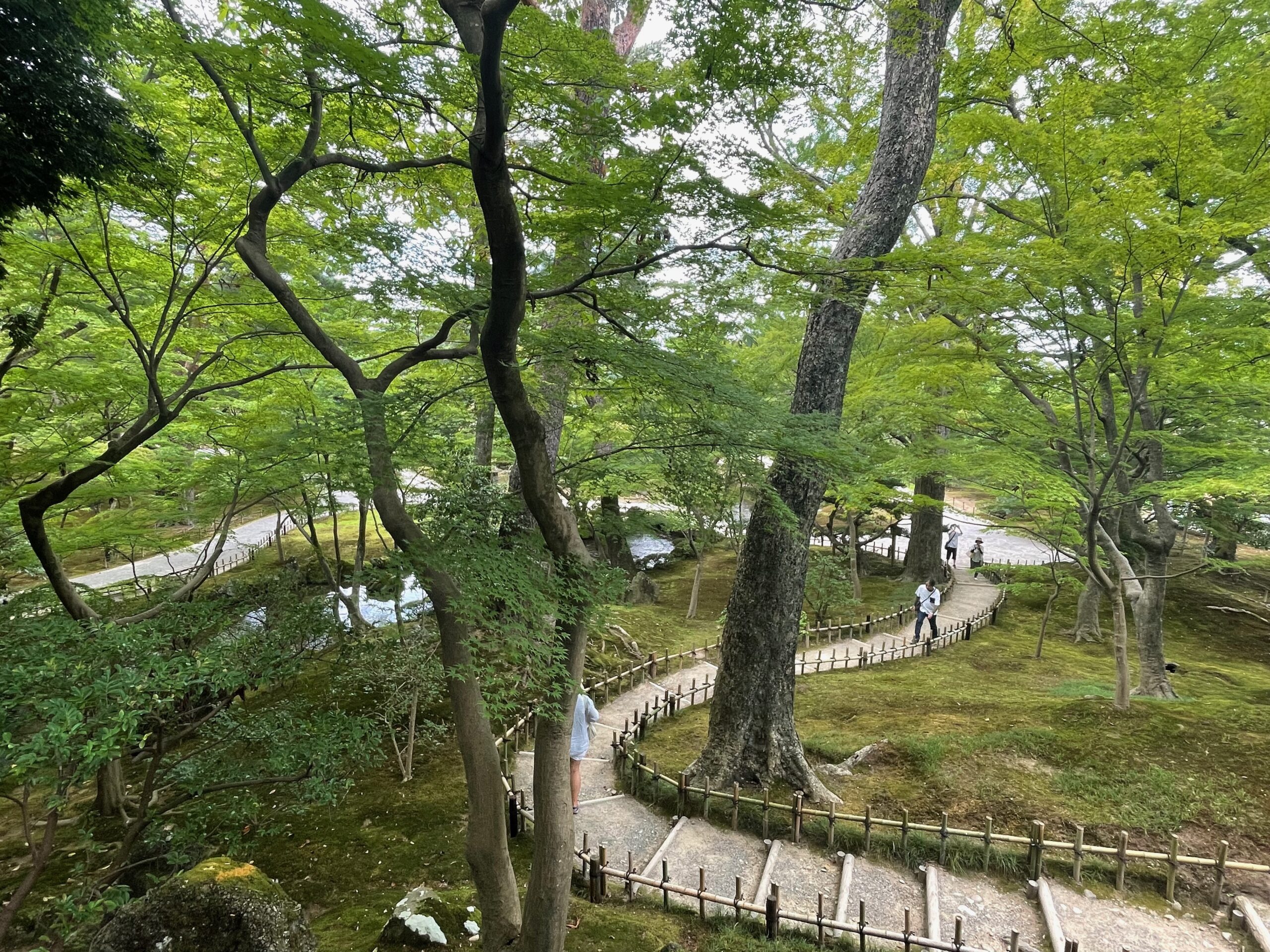 |
As many Japanese gardens Kenroku-en is renowned for its ever-changing seasonal beauty. In spring, cherry blossoms bloom in profusion, turning the garden into a pink paradise. Autumn brings vibrant foliage, particularly the maples, with their leaves turning various shades of red and orange. Even in winter, when the garden is often covered in snow, it offers a serene and captivating scene.
When strolling around (or just following the map) you will easily spot few traditional teahouses and pavilions. I truly recommend to stop there for a moment to refresh with a cup of perfectly brewed Japanese tea often accompanied by a delicious confections (which usually need to be ordered separately). Some of the teahouses offer for visitors traditional tea ceremonies, however, if you don’t have much time, a simple cup of tea will be a very good experience on its own. I have never been disappointed in any of the teahouses located in traditional Japanese gardens and the quality of served food there as I always try to cherish the tranquil moment of sipping the tea and taking in the beauty of nature and the Japanese gardens are designed to encourage such observations. The two-story Kaiseki-tei teahouse is a particularly popular spot for its views of the pond and garden.
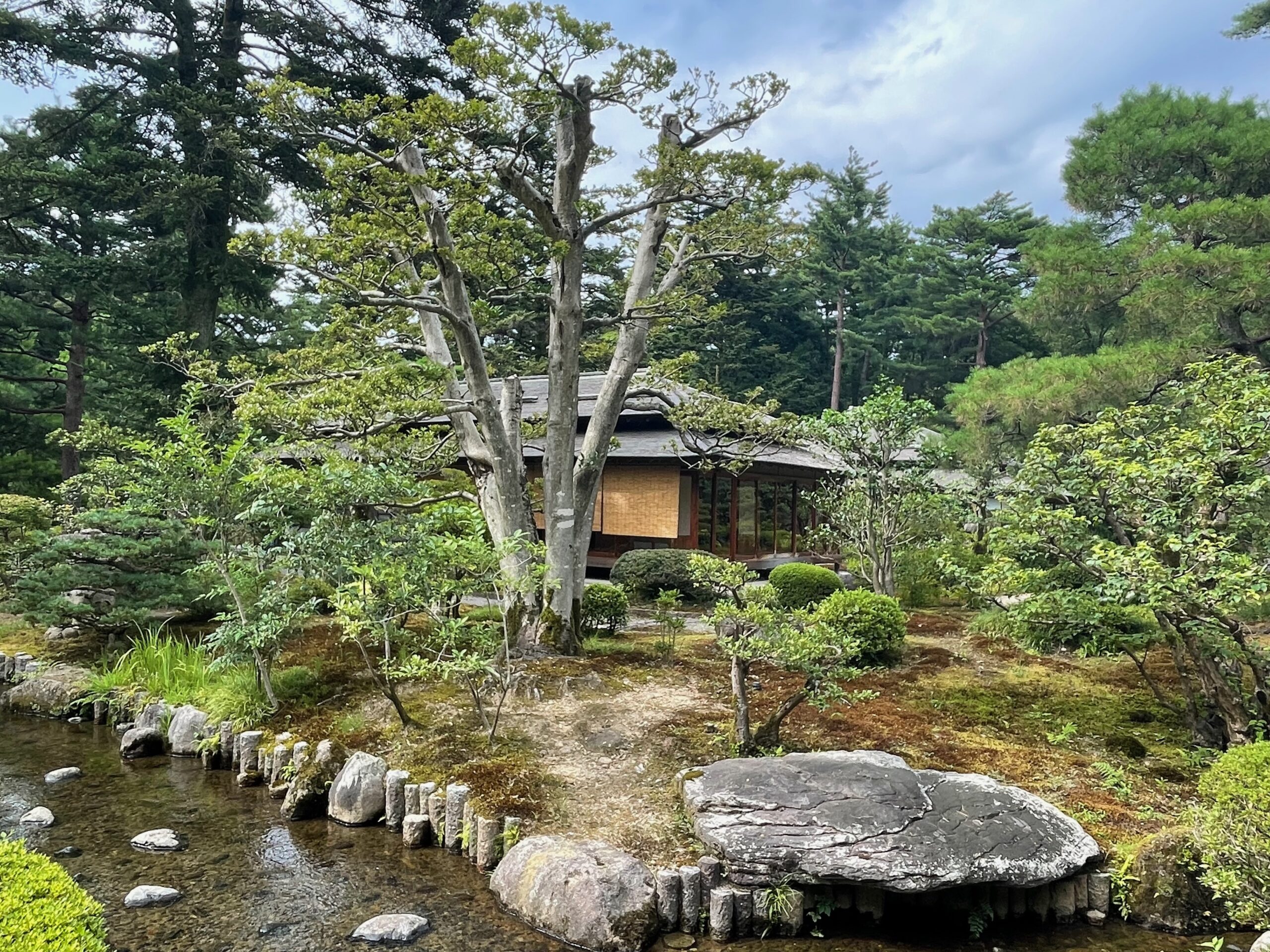 |
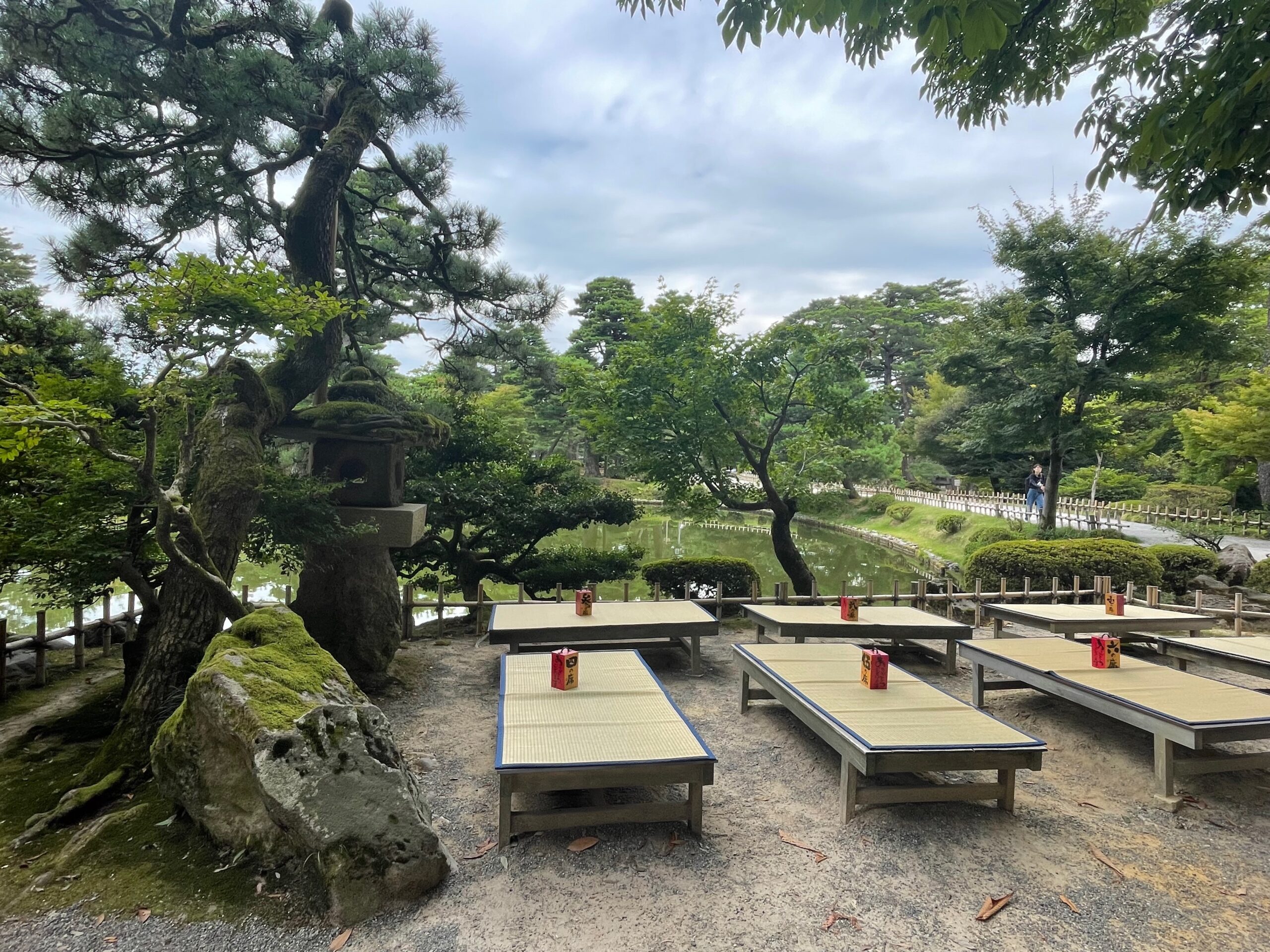 |
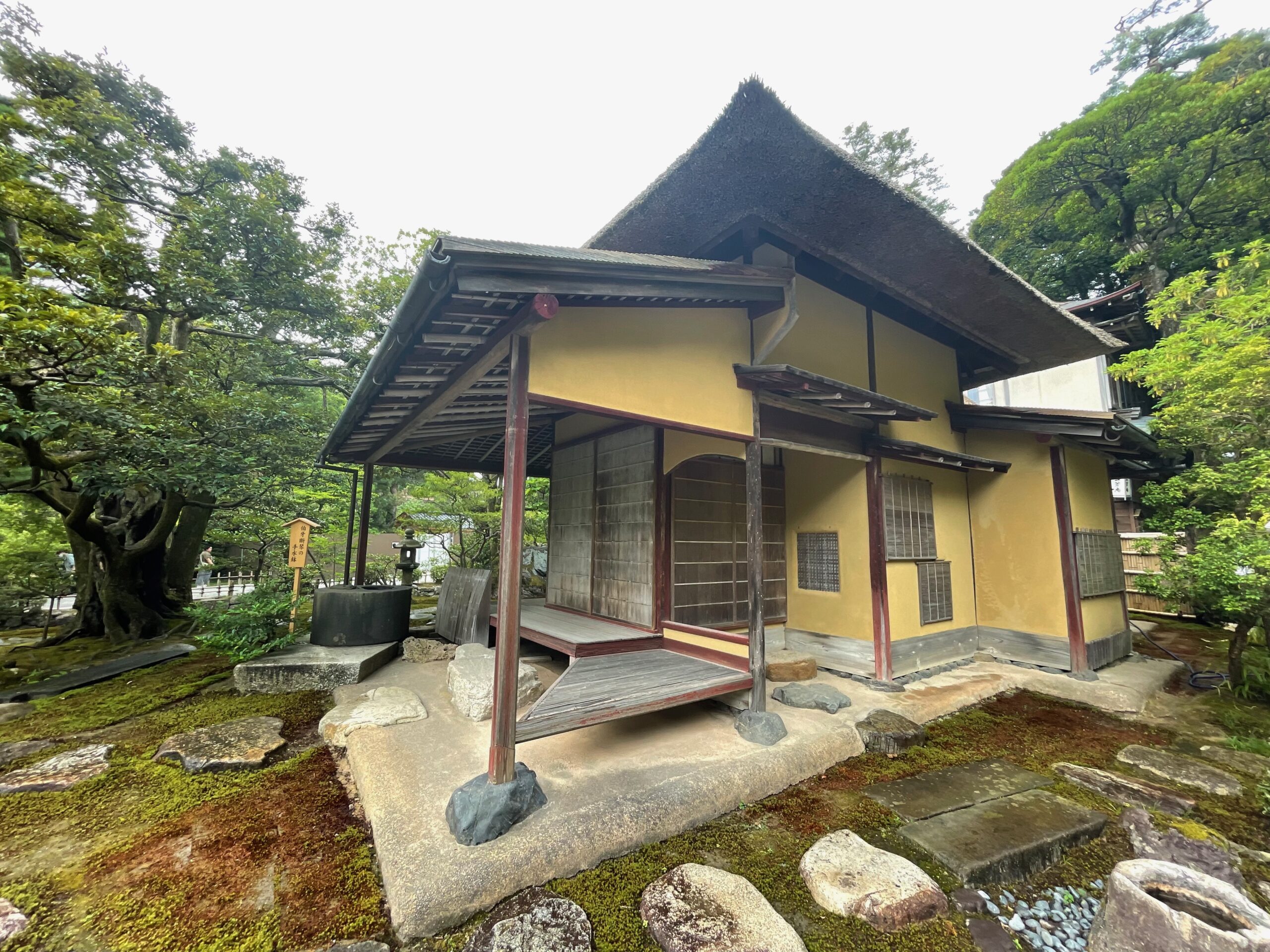 |
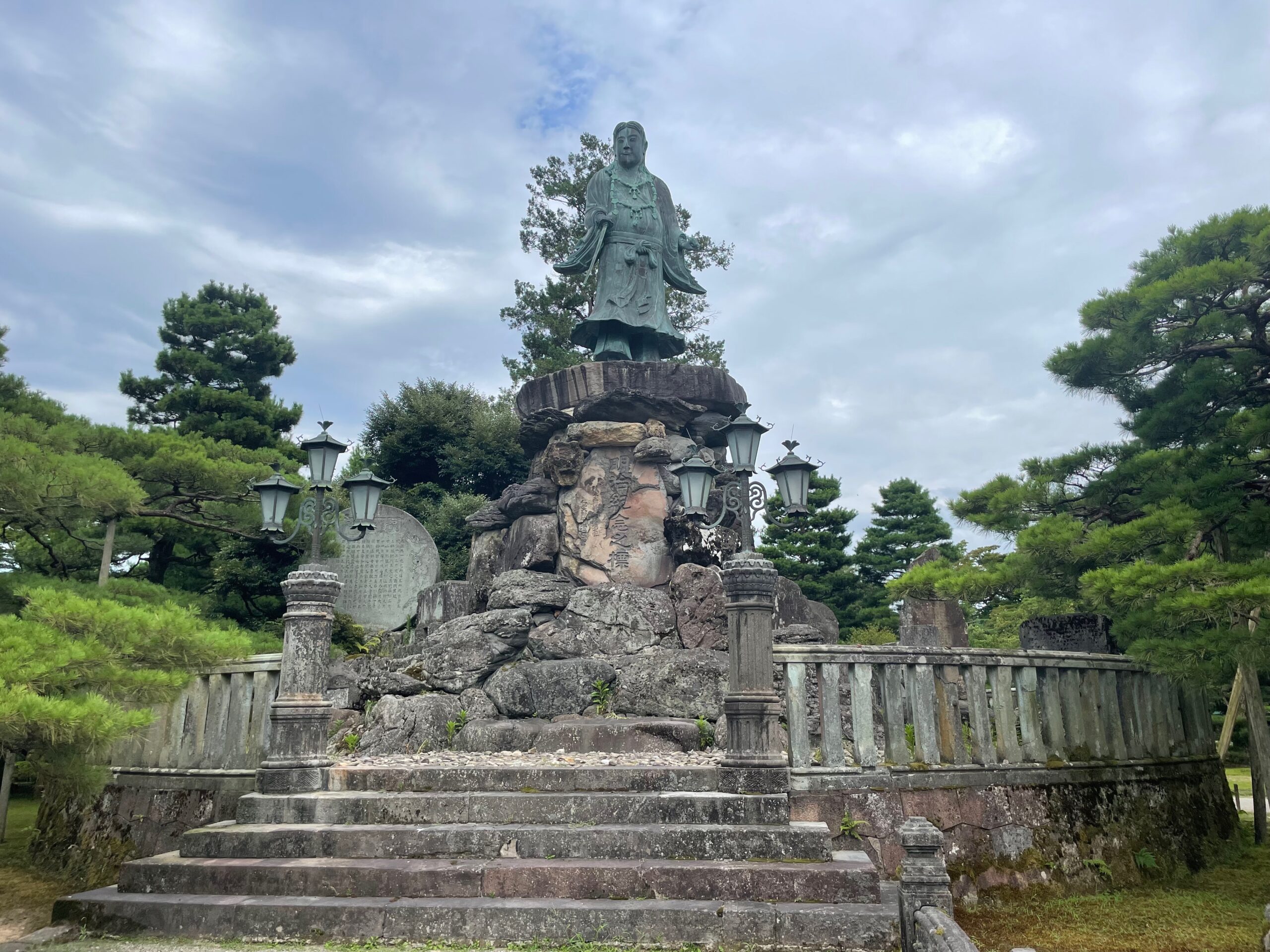 |
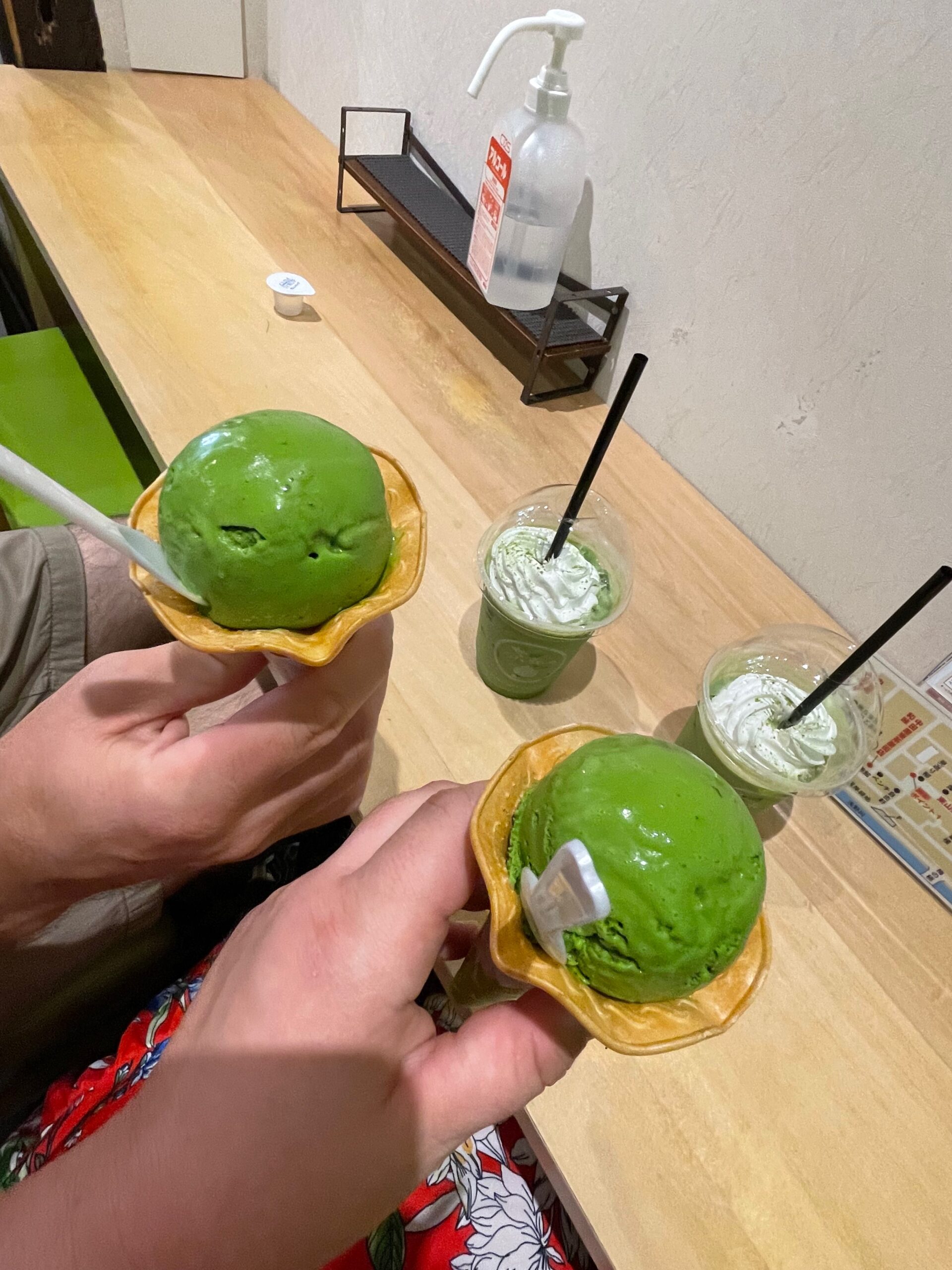 |
There is an entrance fee to the garden and the opening hours vary depending on the season. Kenroku-en is opening early from 7am in the summer and closing at 6pm, and from October to February is open from 8am to 6pm but I recommend checking the website of the park to consult the latest information about entrance fees and opening hours.
Kōraku-en is another stunning traditional Japanese garden located in Okayama which is classified as one of three Great Gardens in Japan.
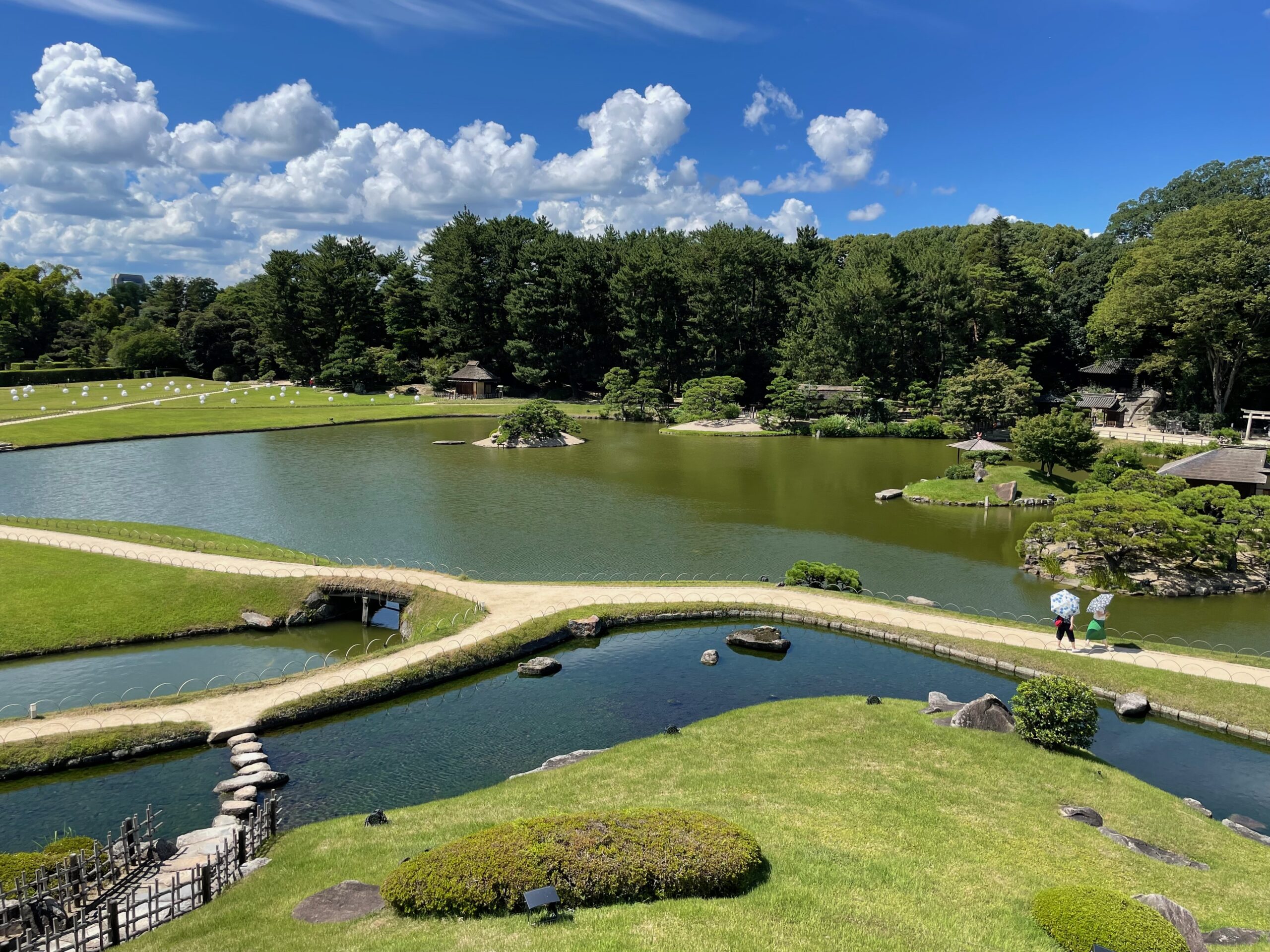 |
Okayama is a very nice one day trip by a bullet train from Osaka or Hiroshima, you can also add this city to your itinerary if you’re planning to explore Kobe or Kurashiki.
Okayama on its own is also very famous for its castle, particularly because of its distinctive black exterior, earning it the nickname “U-jo” or “Crow Castle.” The black facade was unusual among Japanese castles, as most were constructed with white plaster walls. Apart of its unusual color, the construction is one of Japan’s renowned “original castles,” which means that it has survived in its original form without significant reconstruction. The castle played a pivotal role during Japan’s tumultuous Warring States period and was a strategically important stronghold for the Ukita clan. Unfortunately, the castle was destroyed during the Second World War and what we see now is a reconstruction. This influenced the interiors which host a museum but don’t have many original elements which are typical to Japanese castles. However, the Japanese castles are very different than those which we know from Europe so I encourage to at least have a walk around it to appreciate its architecture. You don’t need to pay to enter the castle’s grounds, however there is an entrance fee to the museum inside of it. Many information in the museum is in Japanese only, however the artefacts from the era of samurai are very interesting. I think despite of very little description in English the museum is still worth a visit, however if you’re short of time, it’s completely fine to inspect the building solely from outside.
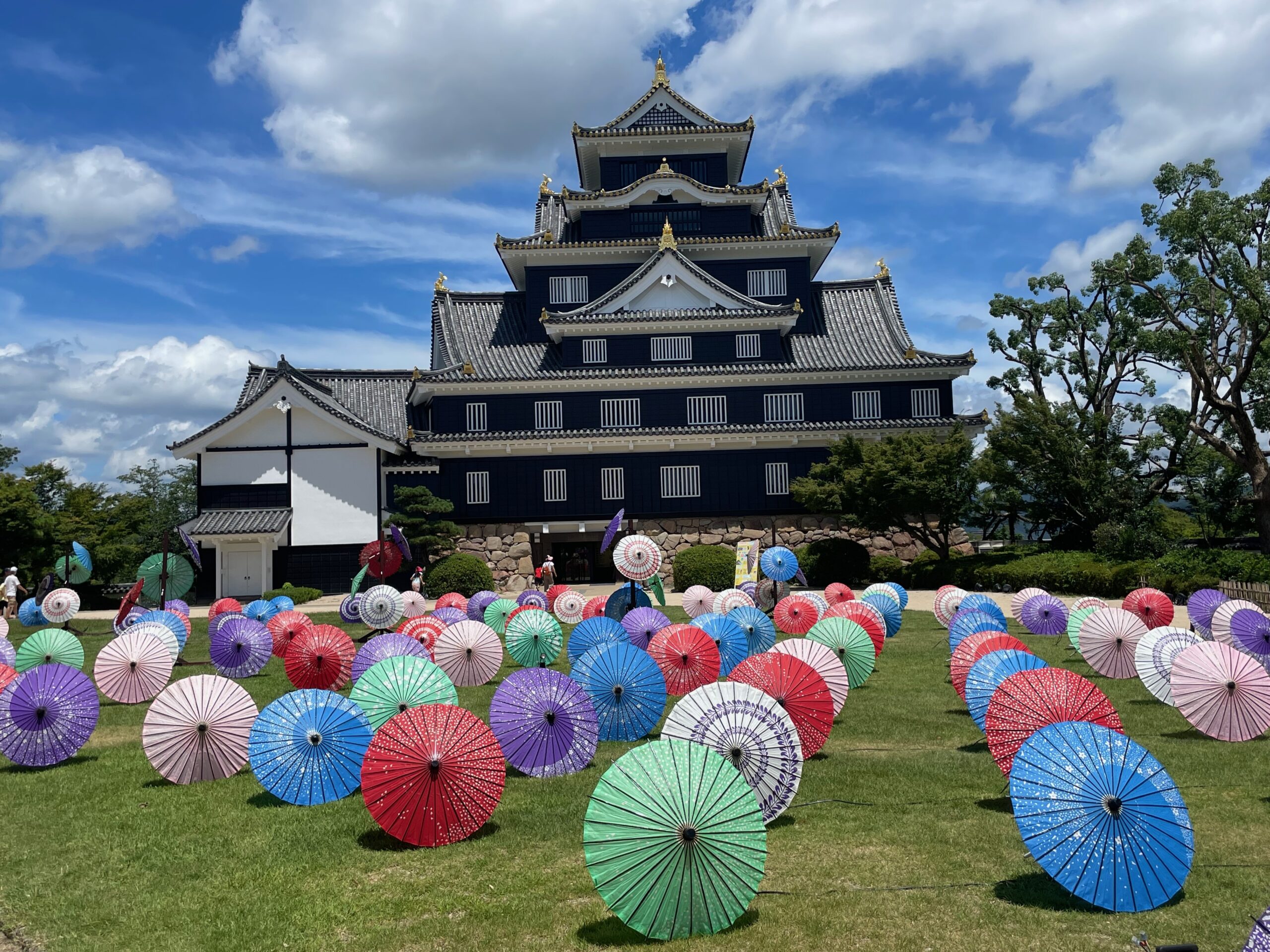 |
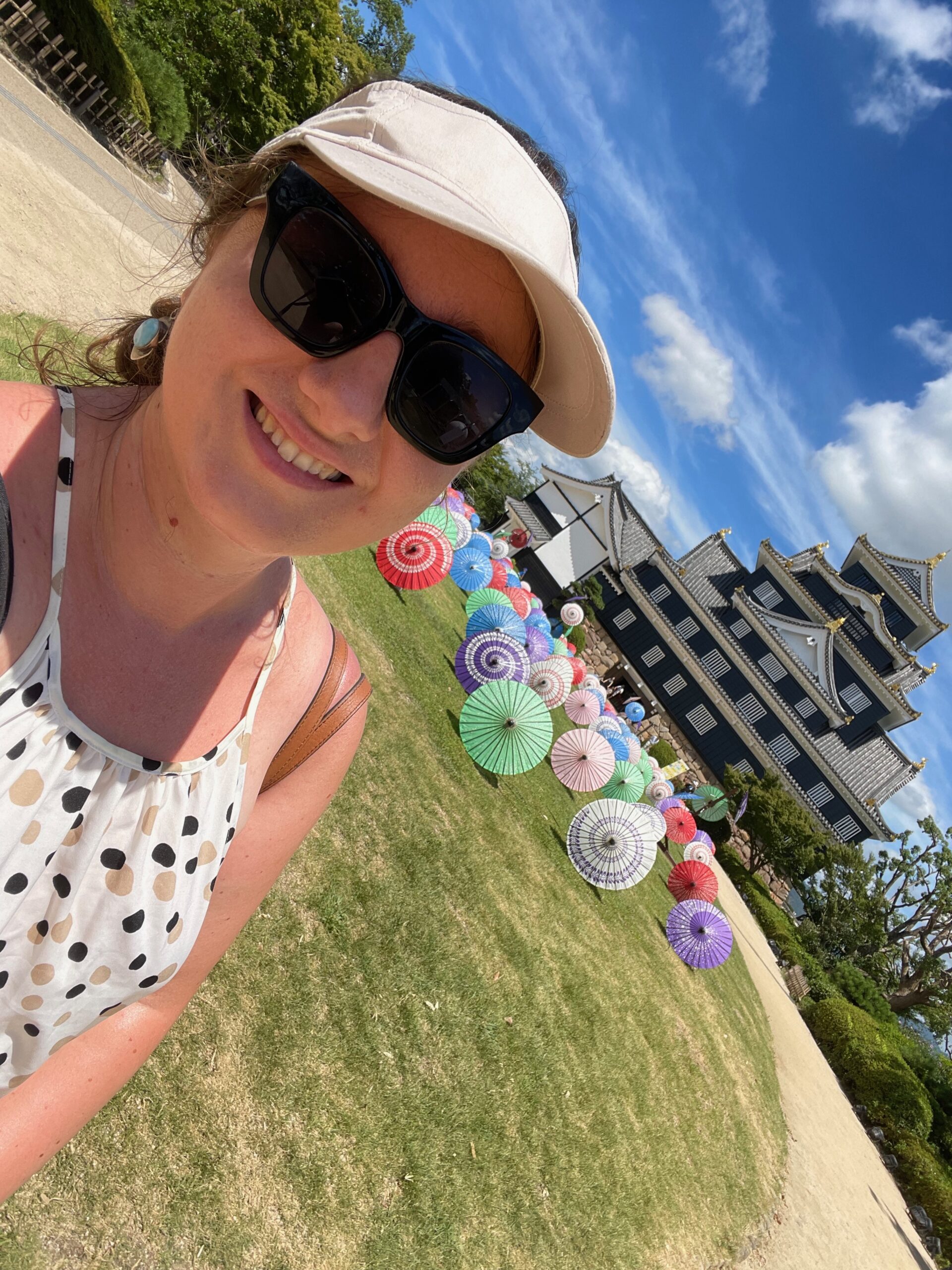 |
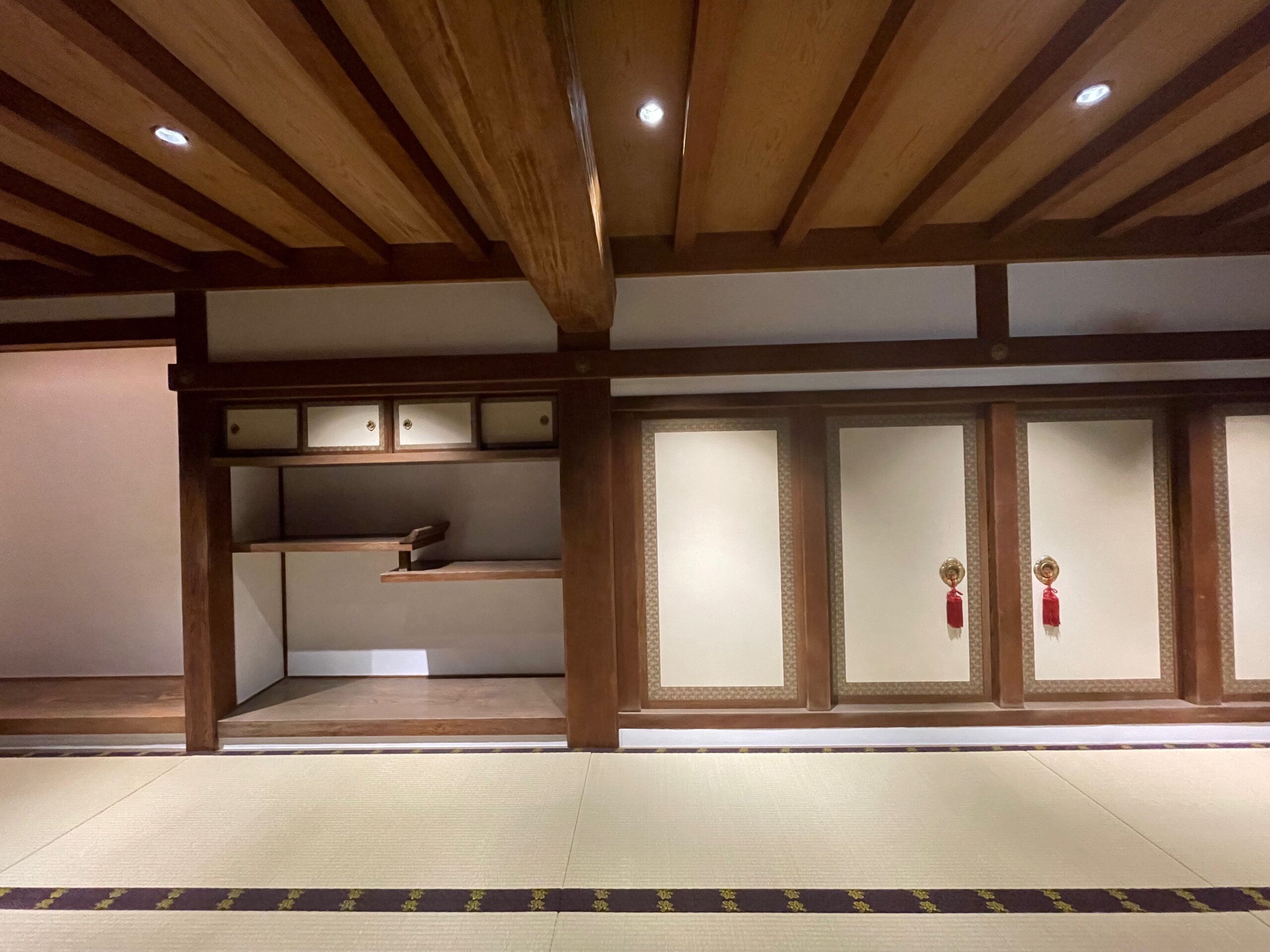 |
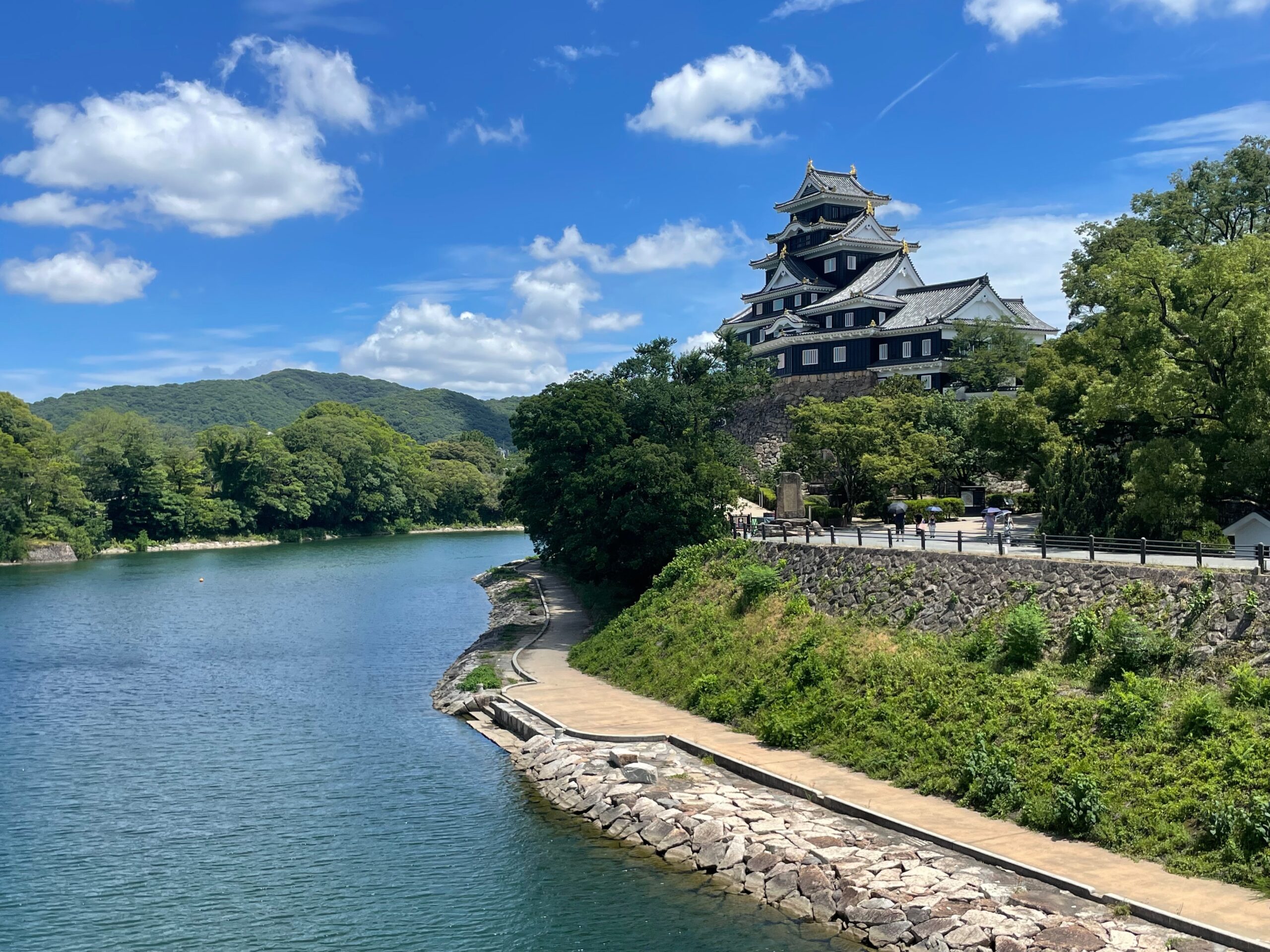 |
After visiting Okayama castle, a short walk across the bridge will bring you to the Kōraku-en garden. As in case of Kenroku-en in Kanazawa there is an entrance fee and the garden is open during designated hours. You can enter its frounds from 7:30 am to 6pm from March 20 to September and from 8am to 5pm from October to March 19. Admission ends 15 minutes before closing time. I recommend always checking the updated information on the park’s website before planning your trip.
When buying your ticket you also get a map with the garden’s highlights and which is helpful to navigate through its grounds.
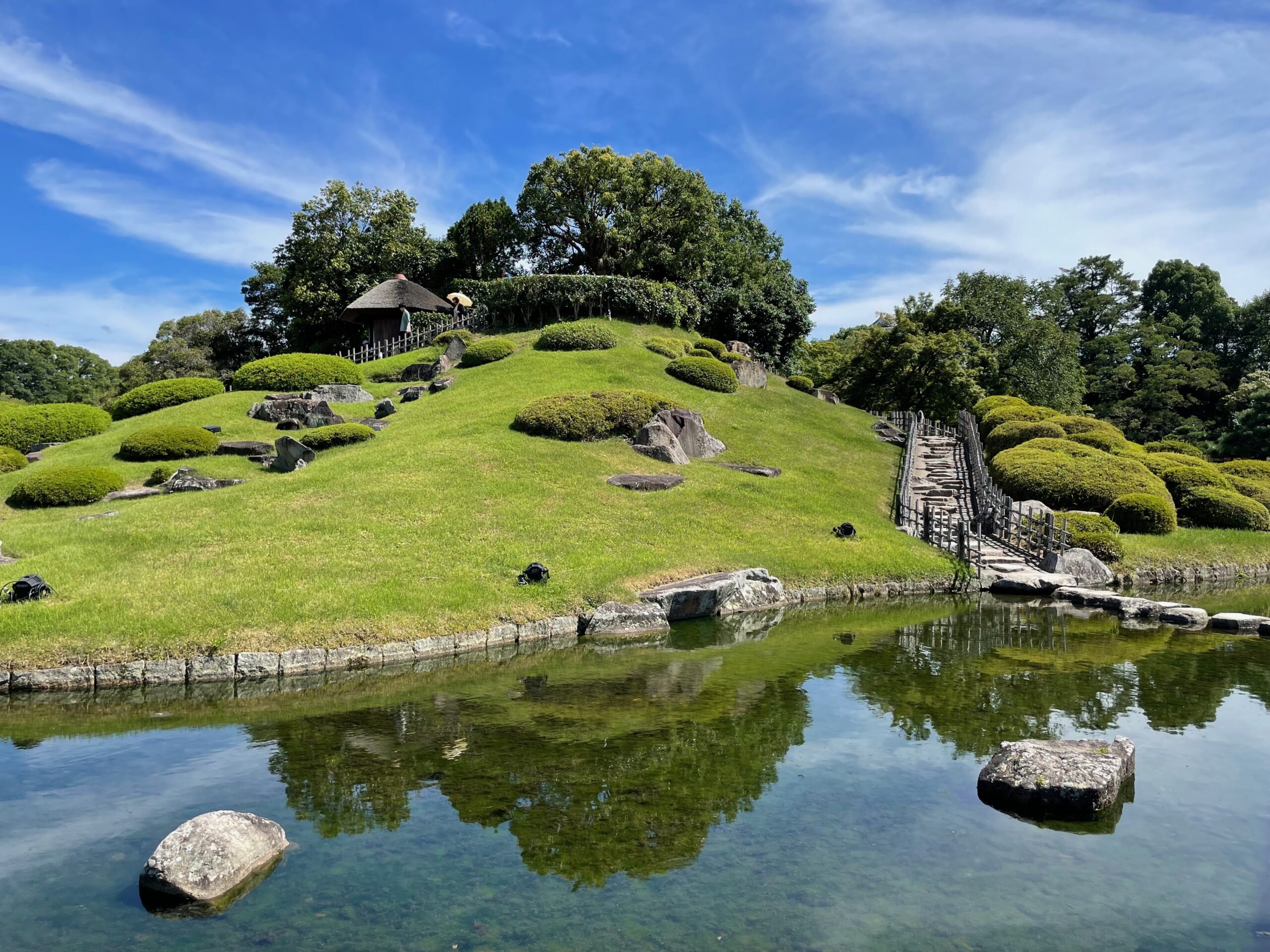 |
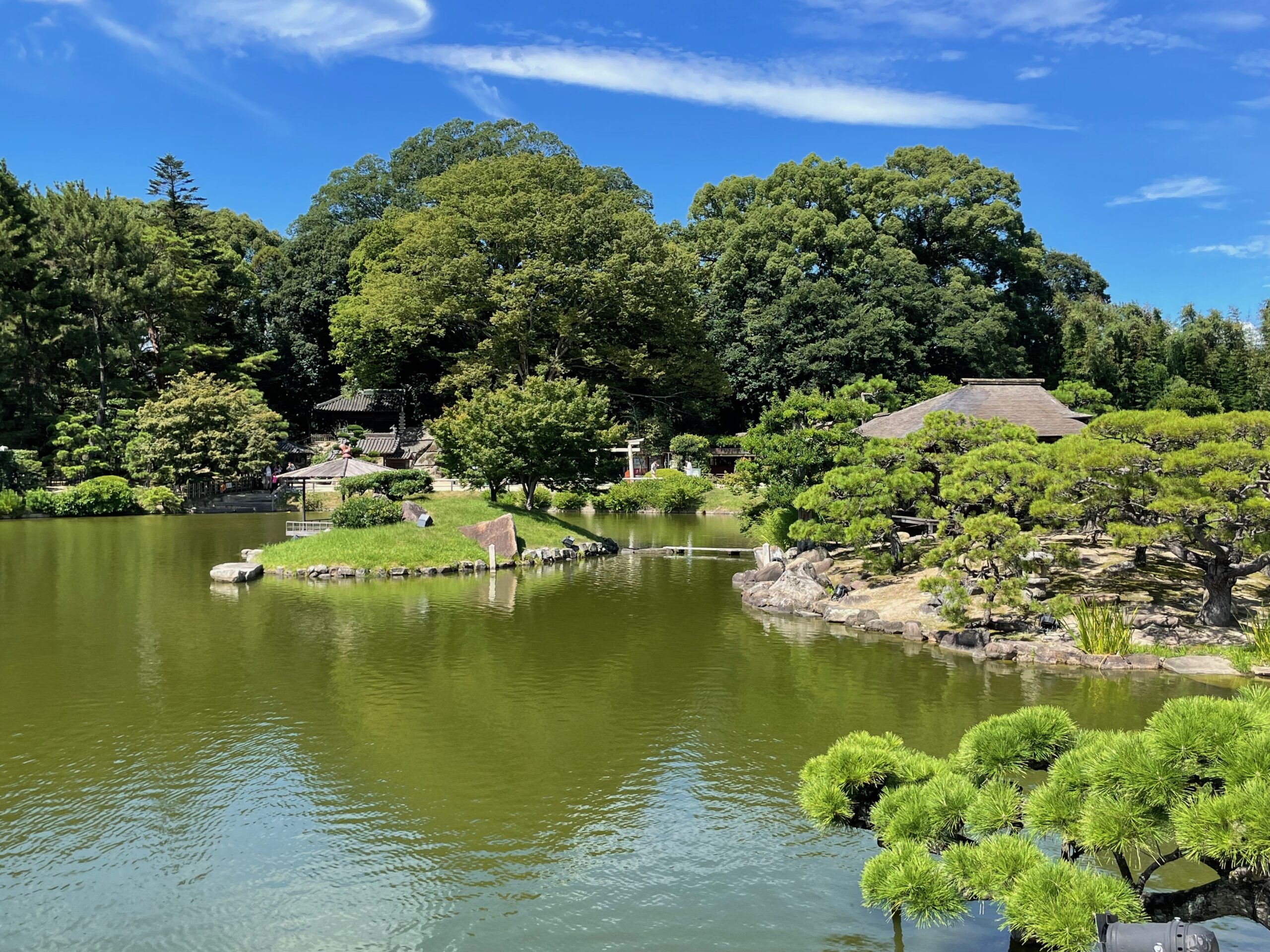 |
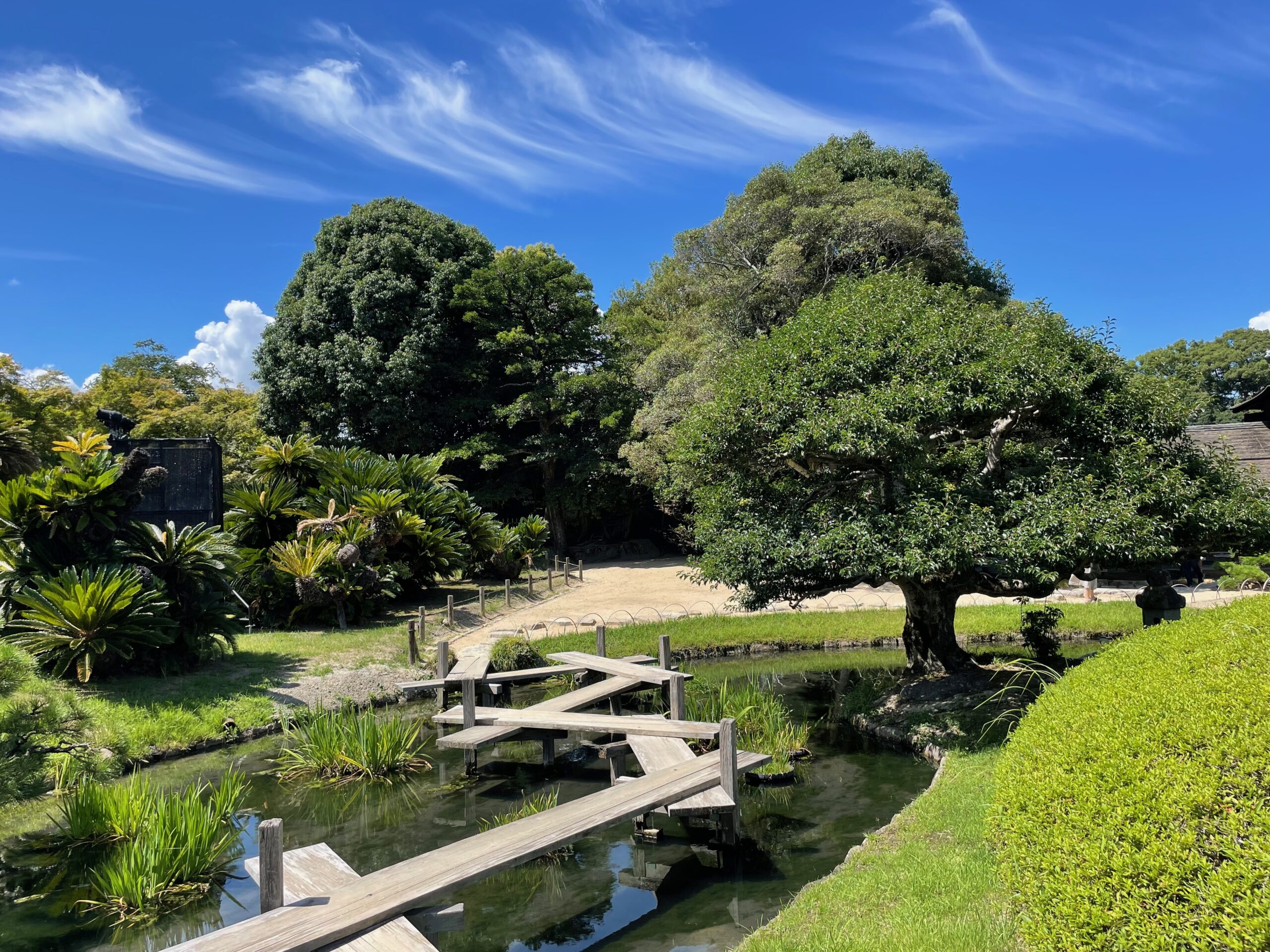 |
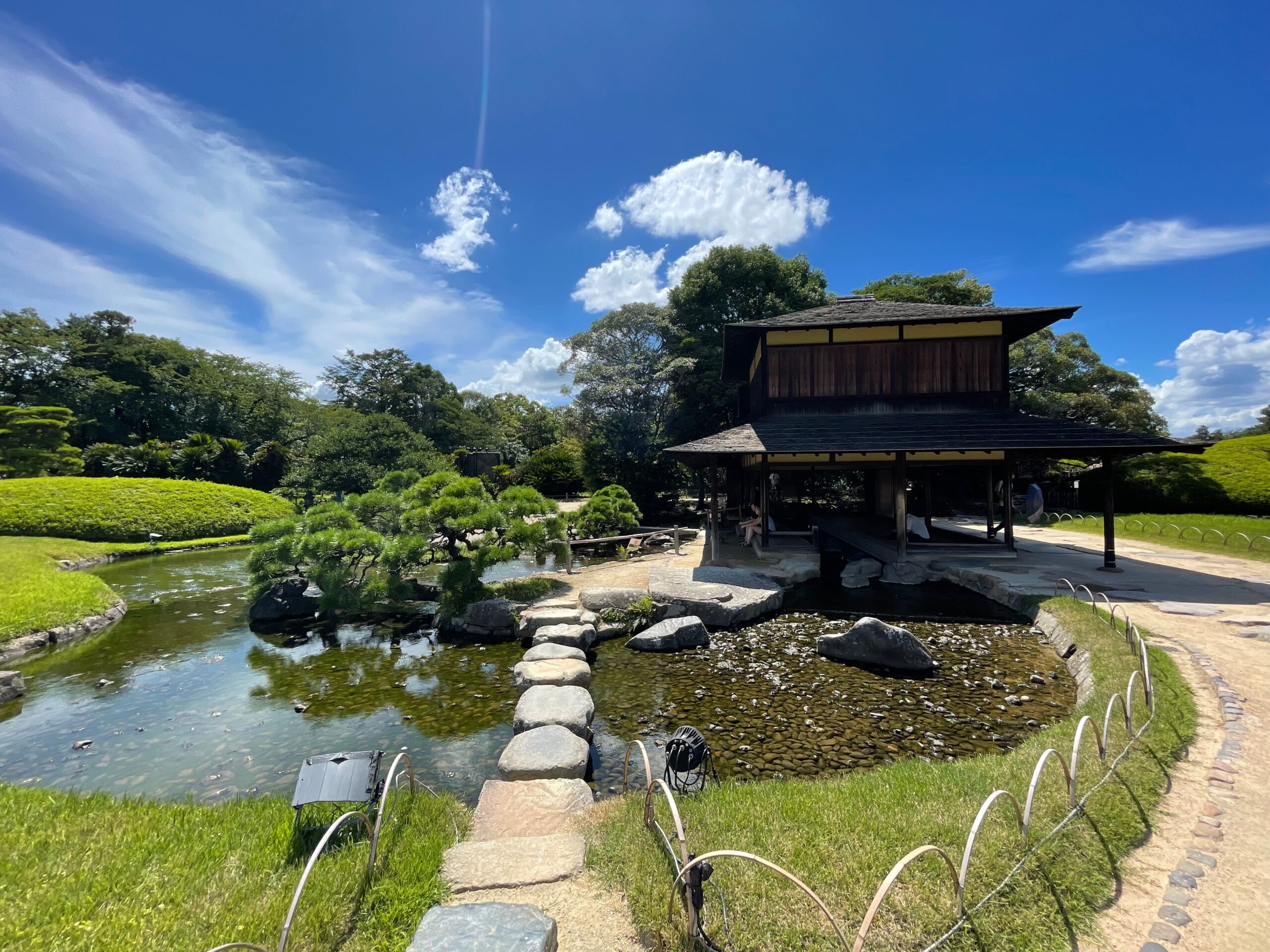 |
Kōraku-en has a history dating back to the early 18th century when it was built by Lord Ikeda Tsunamasa, the daimyo (feudal lord) of the Okayama domain. It is an excellent example of a daimyo teien, a garden built by a feudal lord, showcasing the wealth, status, and appreciation for aesthetics during the Edo period.
Kōraku-en is designed to represent three different landscapes within one garden:- Circular path around the pond: the main pond in the center of the garden is encircled by walking paths. This area features picturesque bridges, teahouses, and carefully placed rocks and trees, creating a serene and peaceful ambiance.
- Rice paddy field and hill garden: Kōraku-en also includes a small rice paddy field and a hill garden, where seasonal changes are meticulously designed to showcase the different phases of rice cultivation and the natural beauty of each season.
- Landscape with plum and cherry blossoms: the plum grove and cherry blossom trees in Kōraku-en add vibrant colors to the garden during spring. Visitors can enjoy the spectacular sight of blossoms in full bloom.
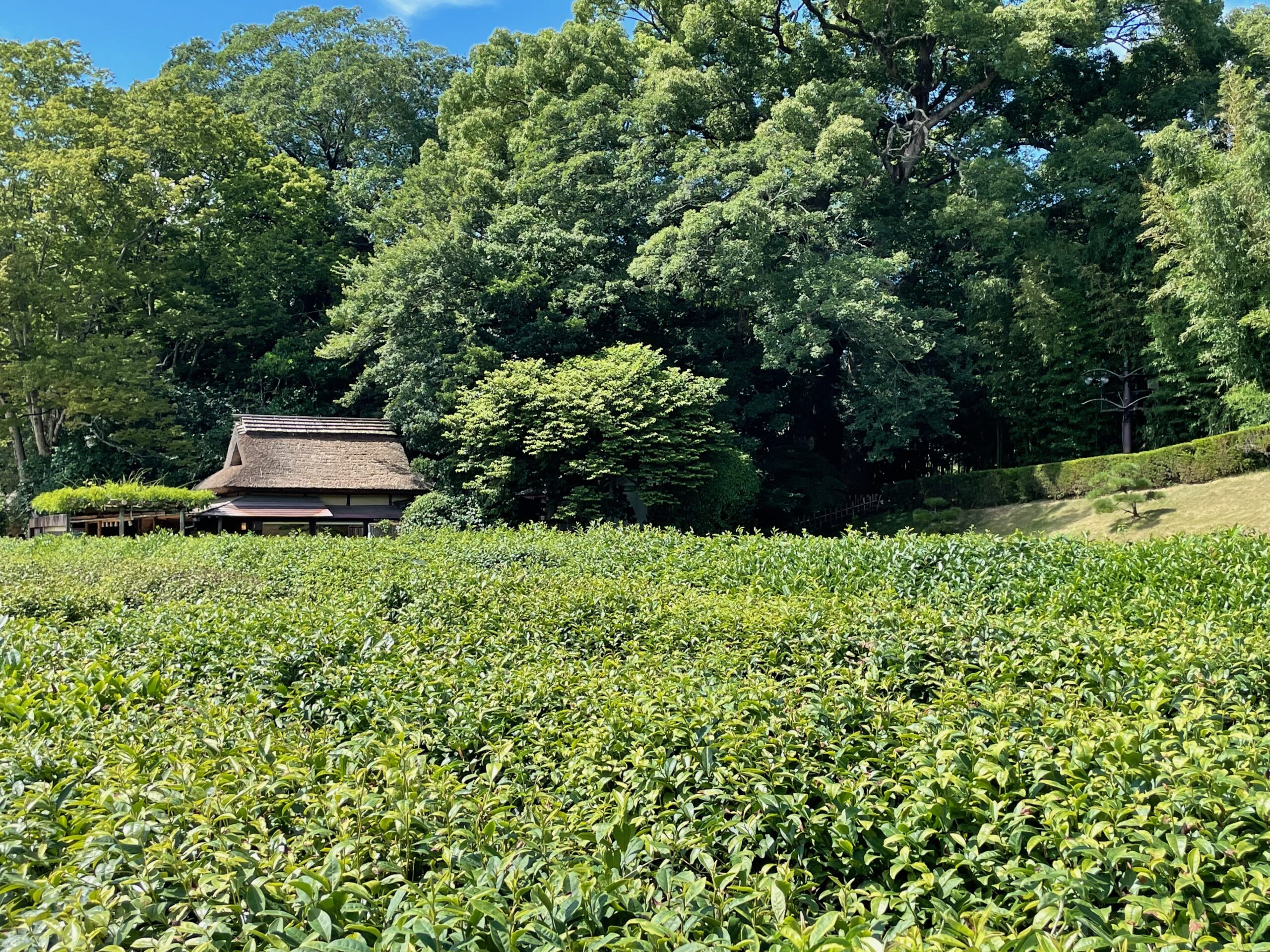 |
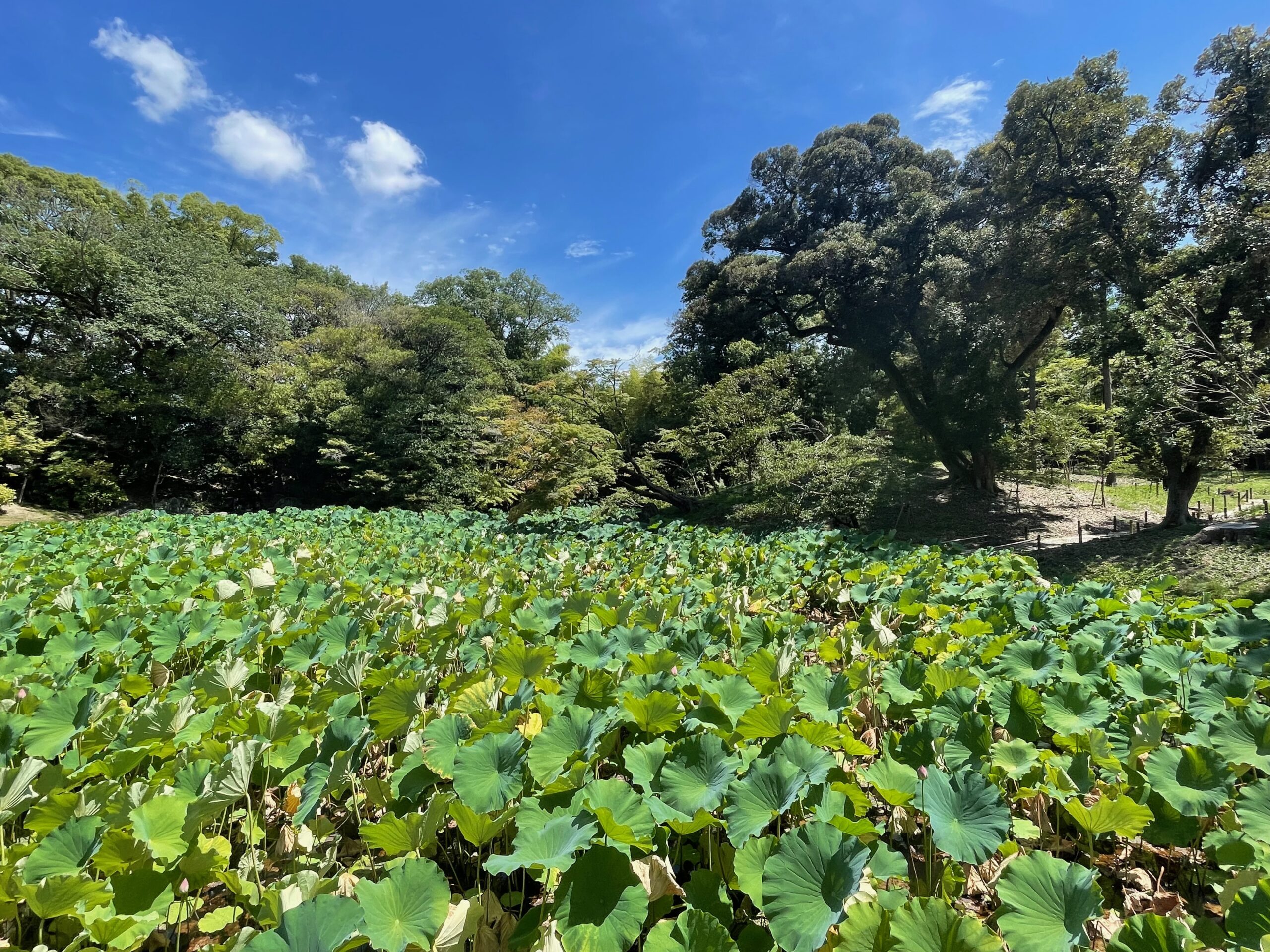 |
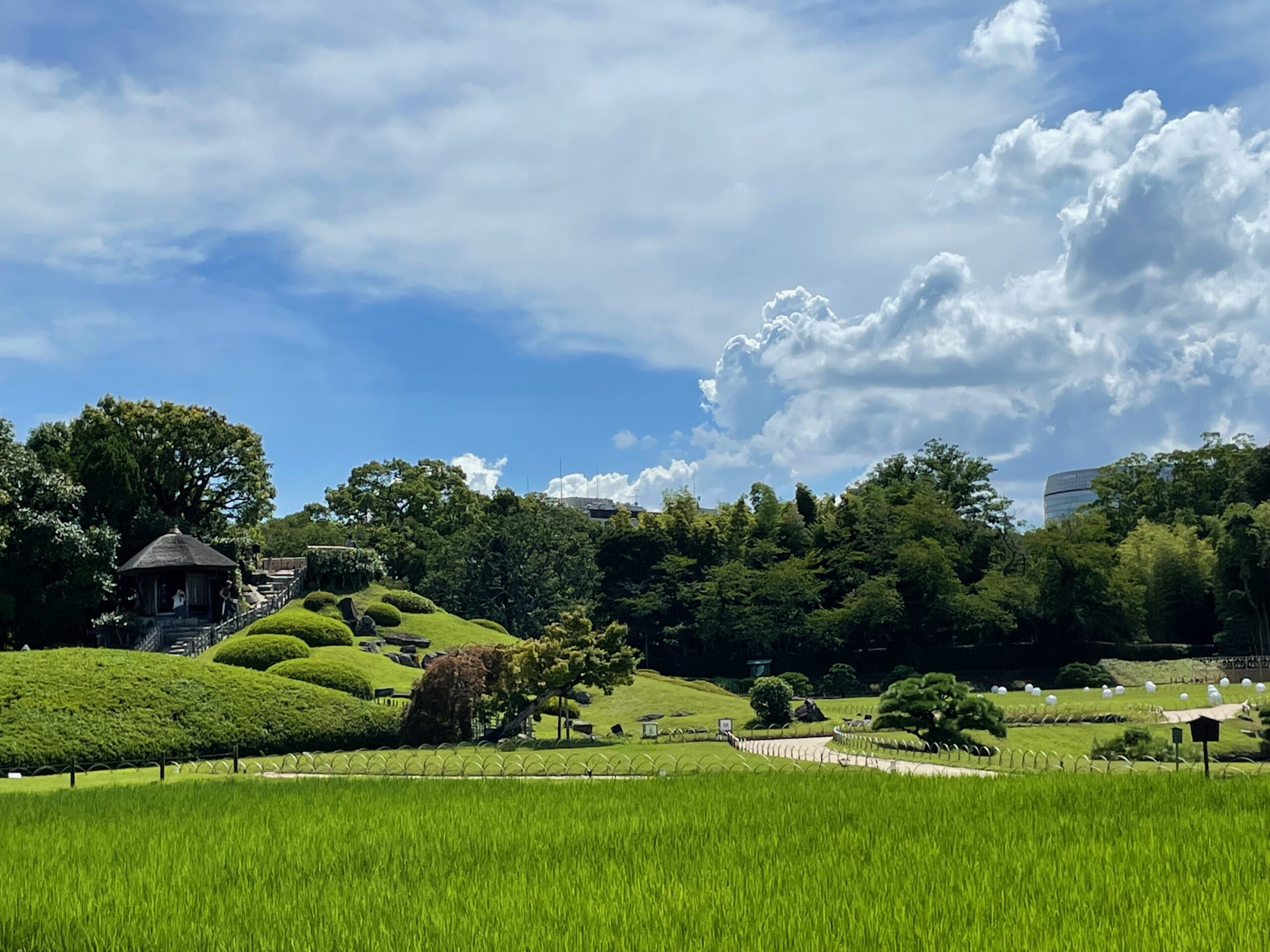 |
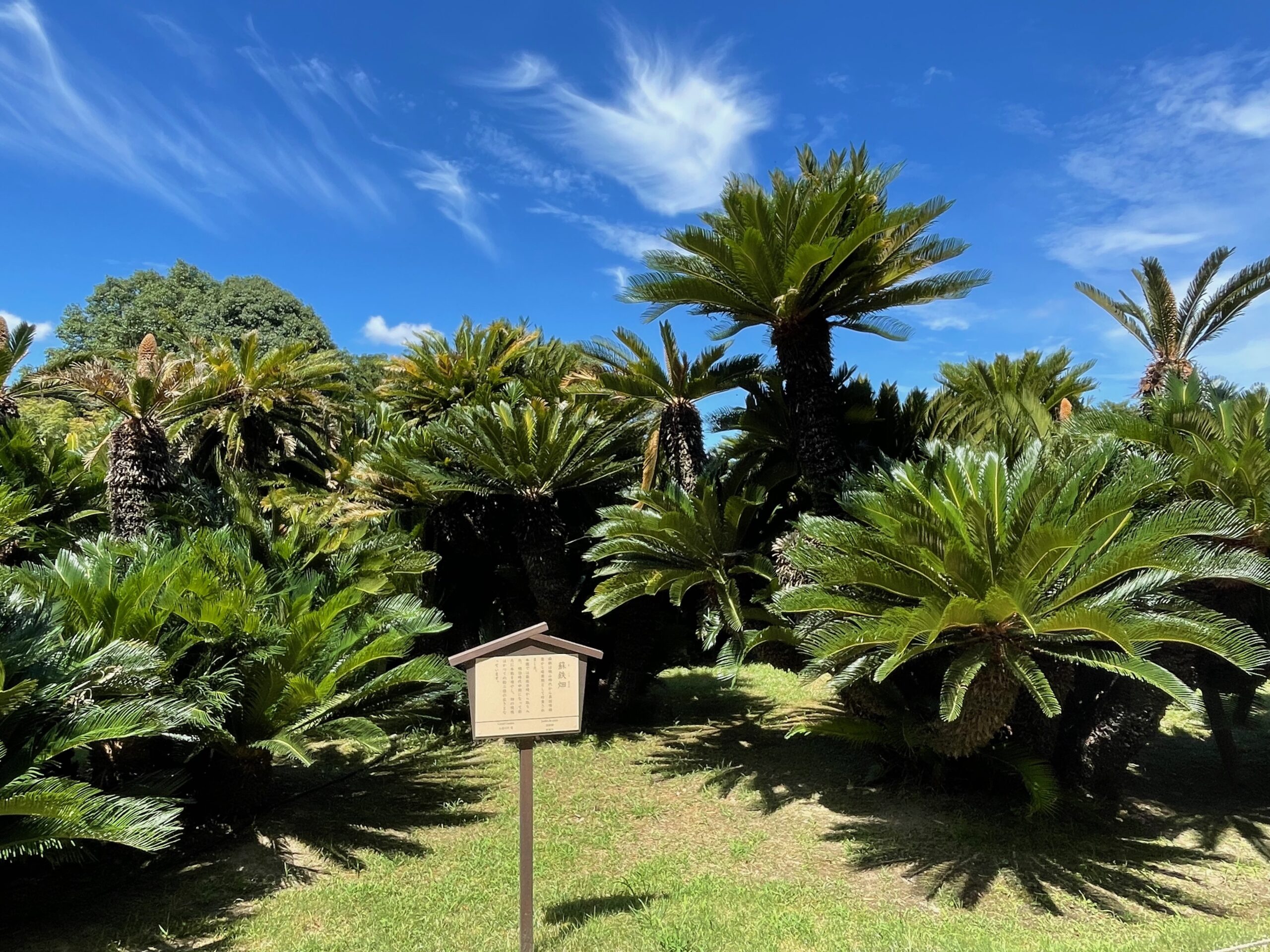 |
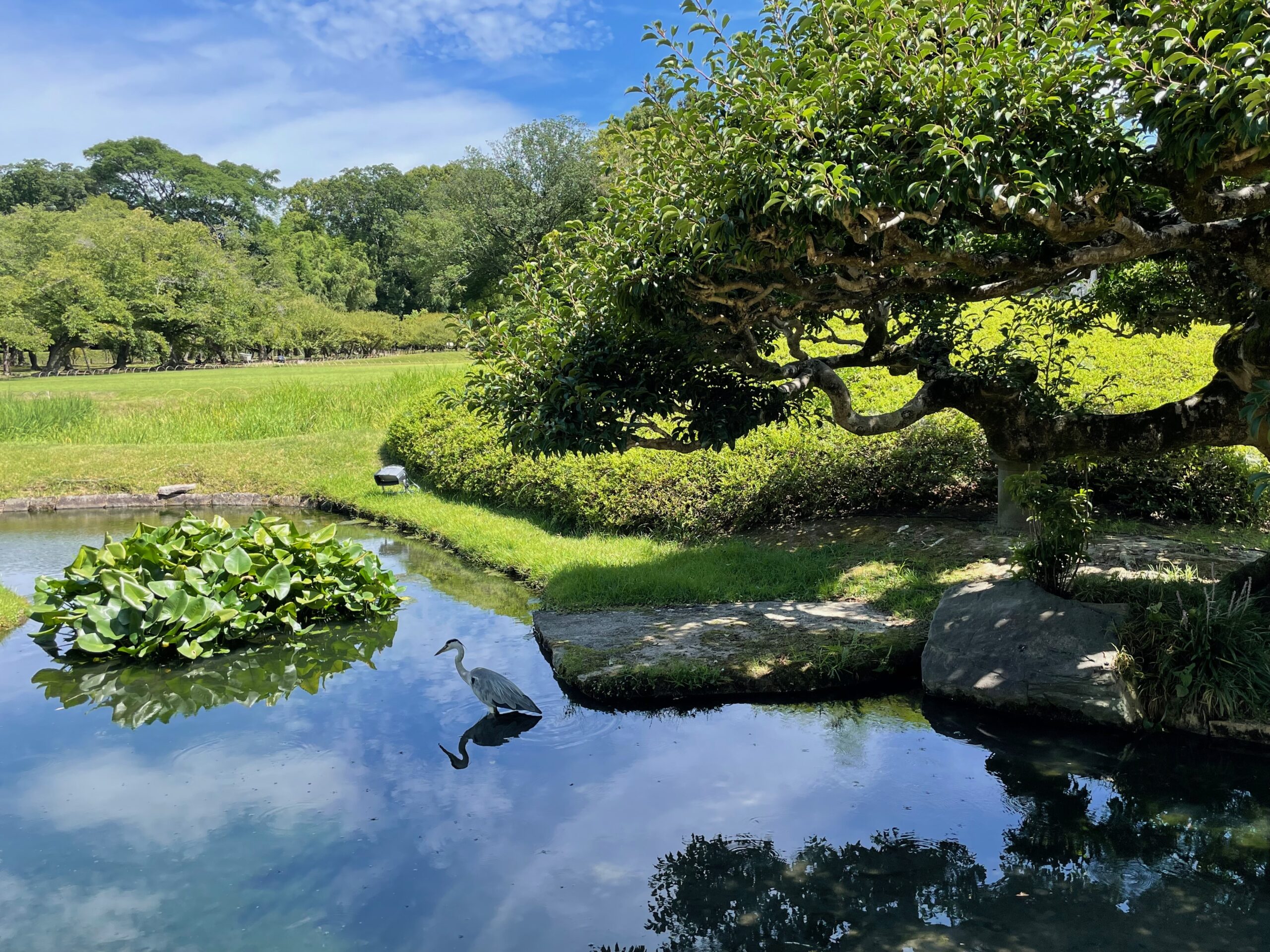 |
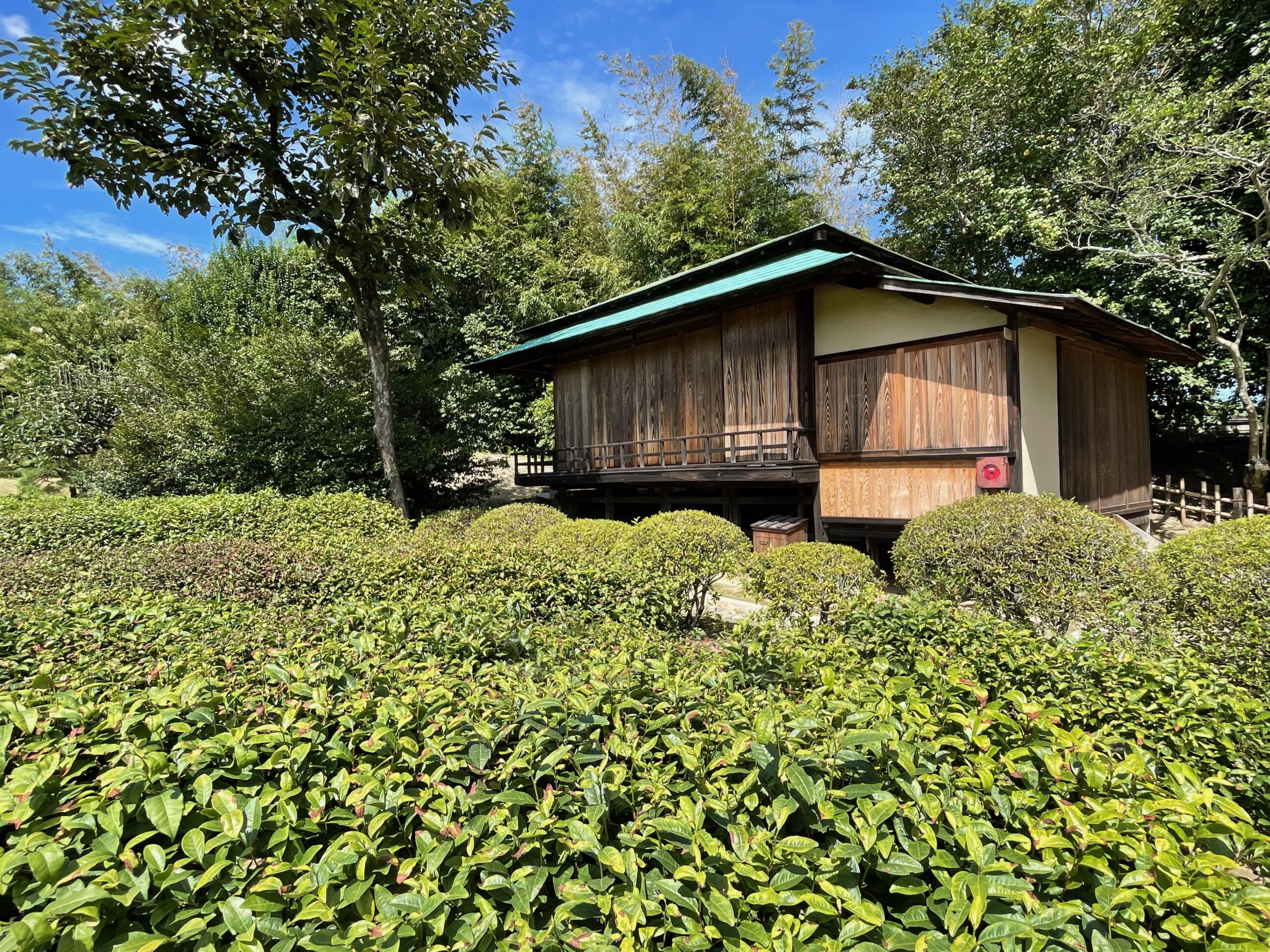 |
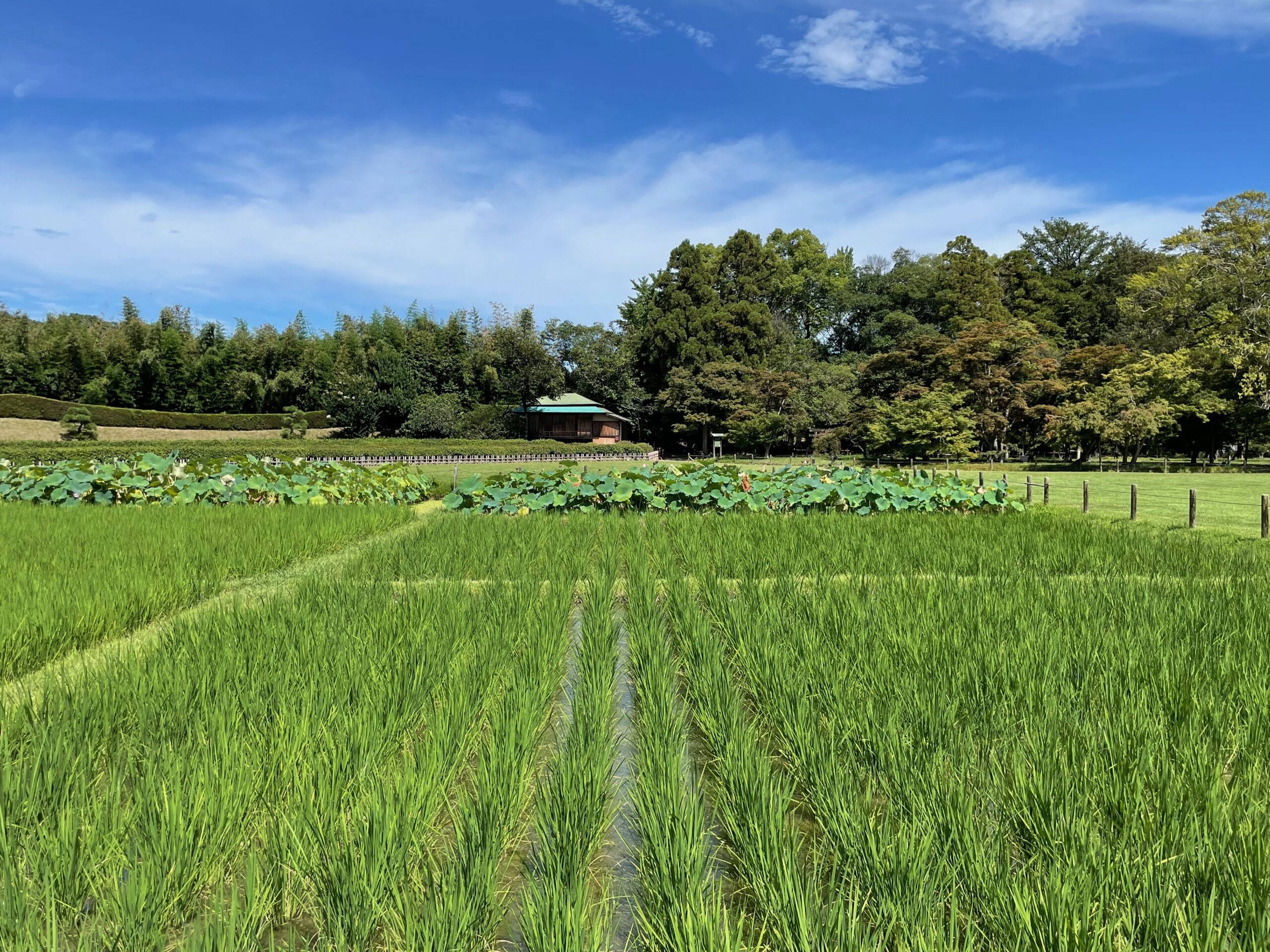 |
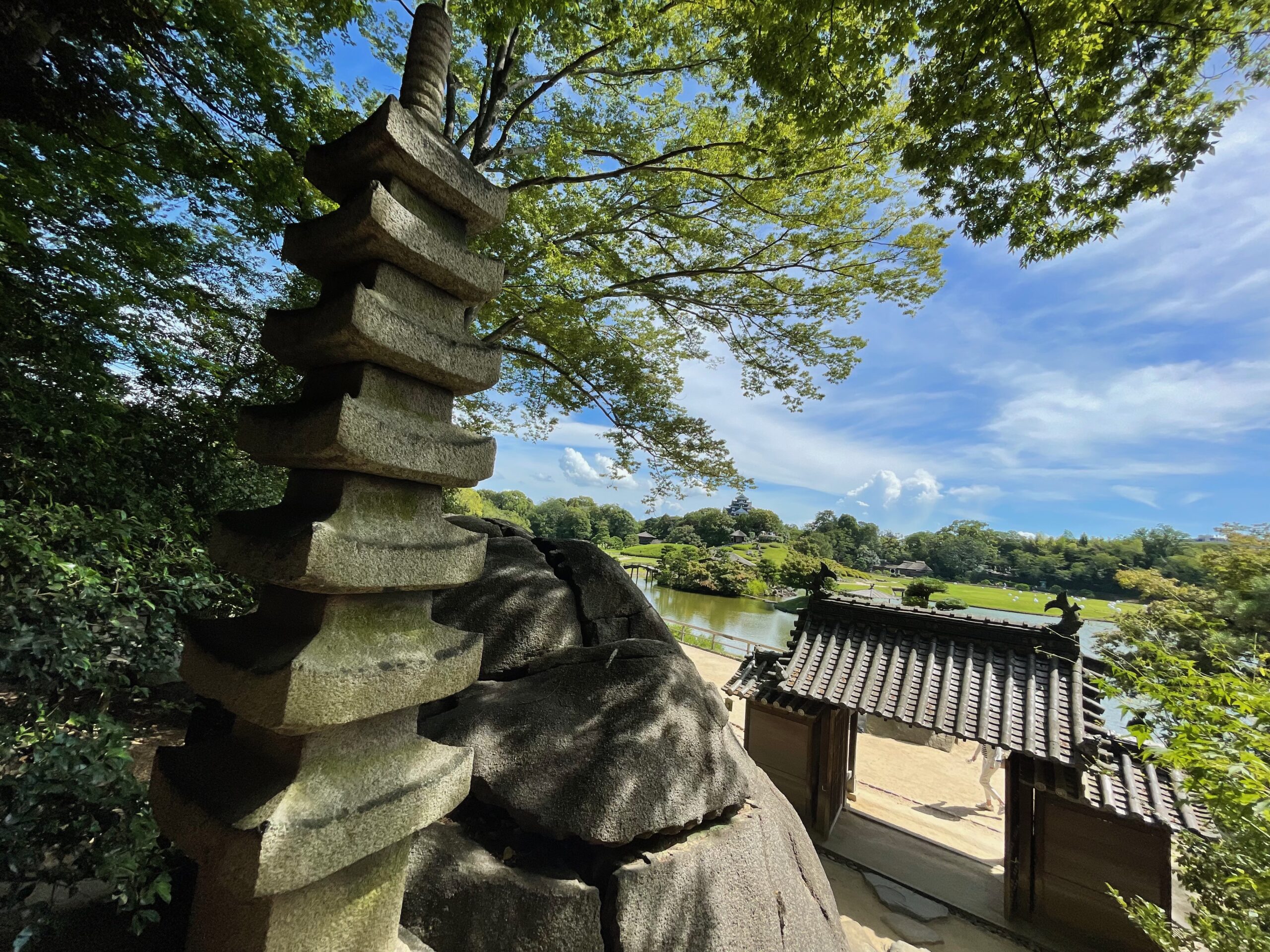 |
When strolling Kōraku-en you will spot beautiful bridges and teahouses; the garden features several elegant bridges, including Taikobashi and Soribashi, each with a unique architectural style. I also recommend entering one of the teahouses to enjoy a cup of tea and some local confections. If you have more time or just want to experience Japanese tea culture you can take part in the traditional tea ceremony (I recommend to contact the garden in advance to learn about availibilty and schedules to avoid any disappointments during the visit).
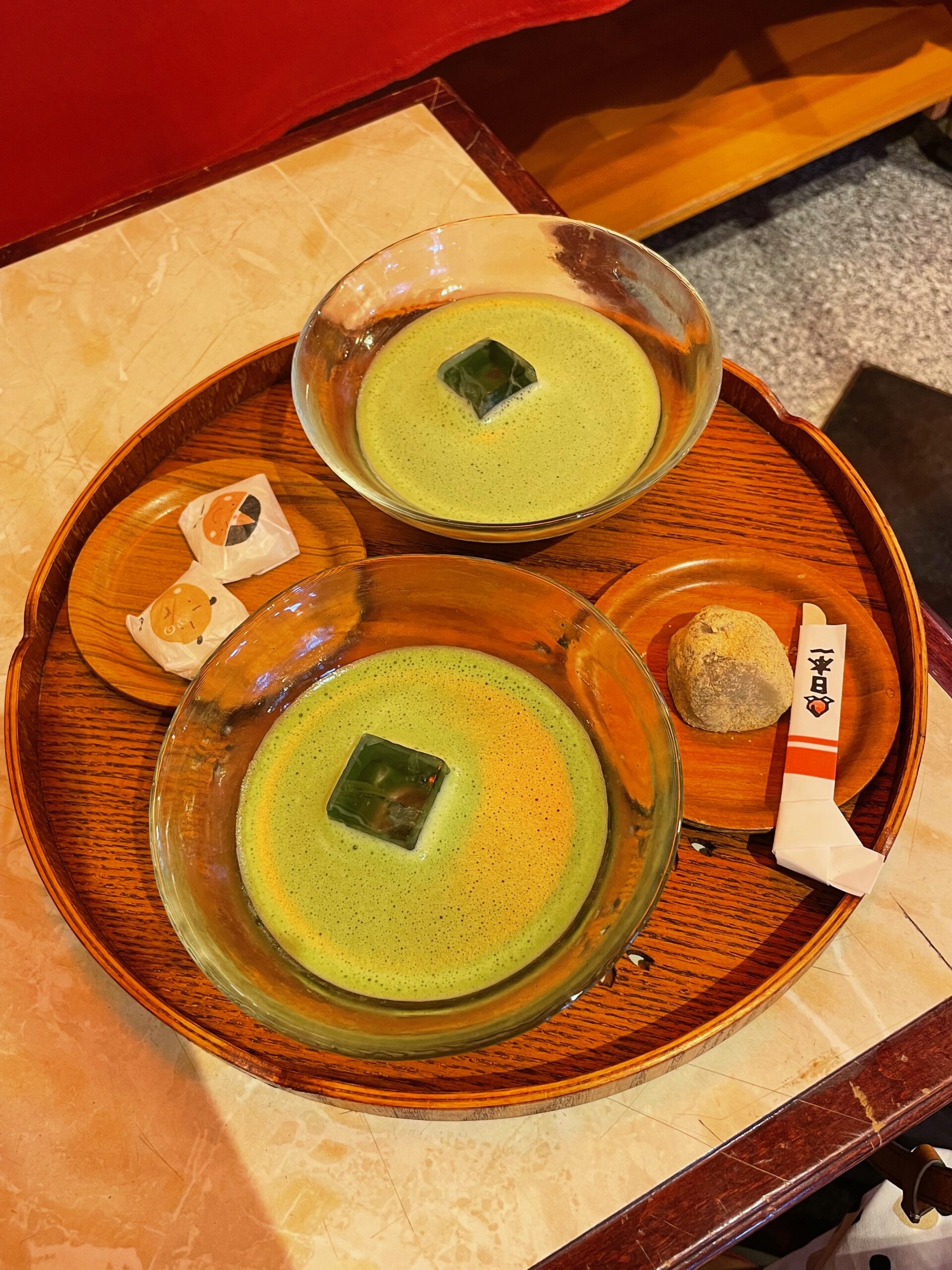 |
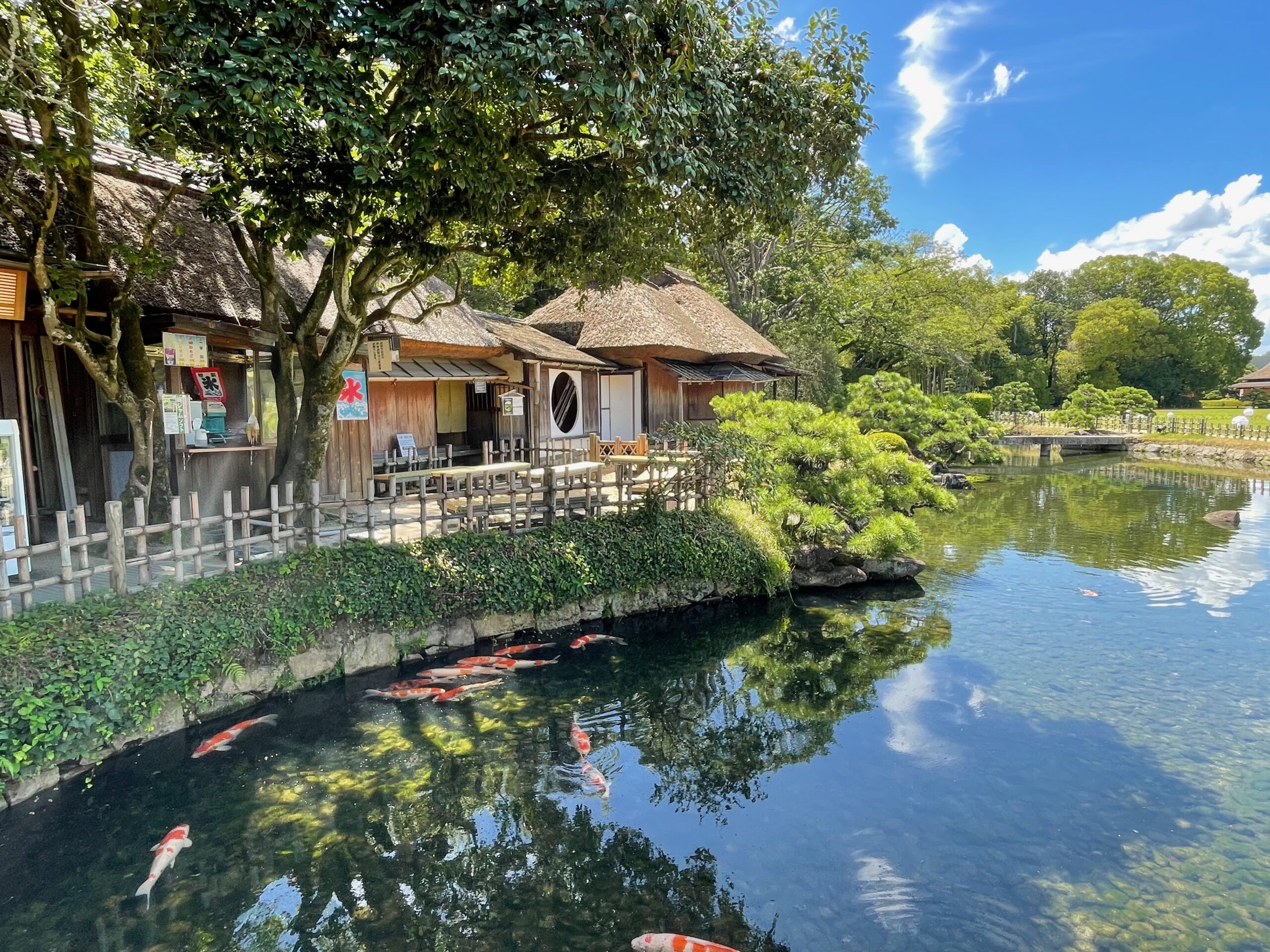 |
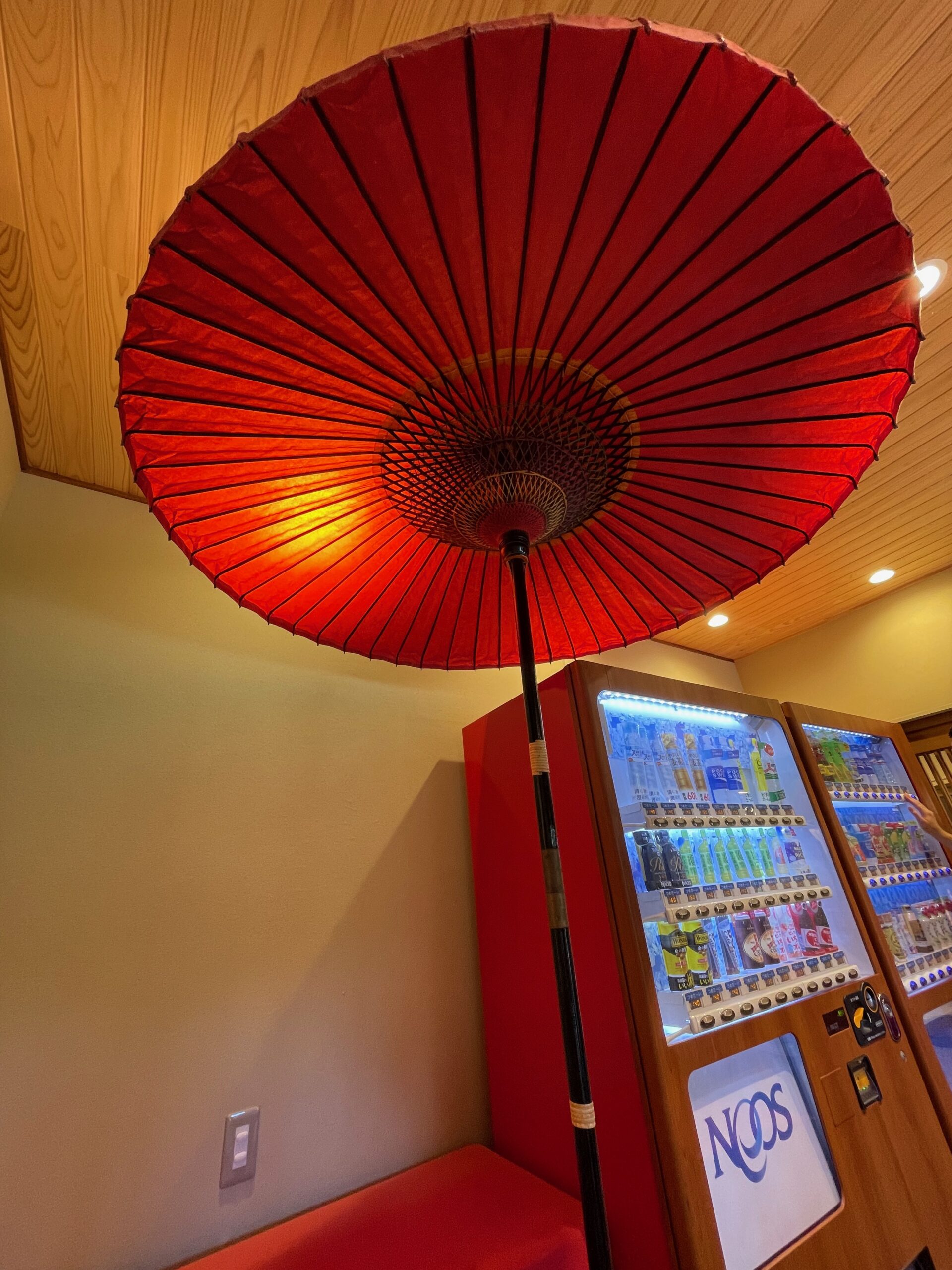 |
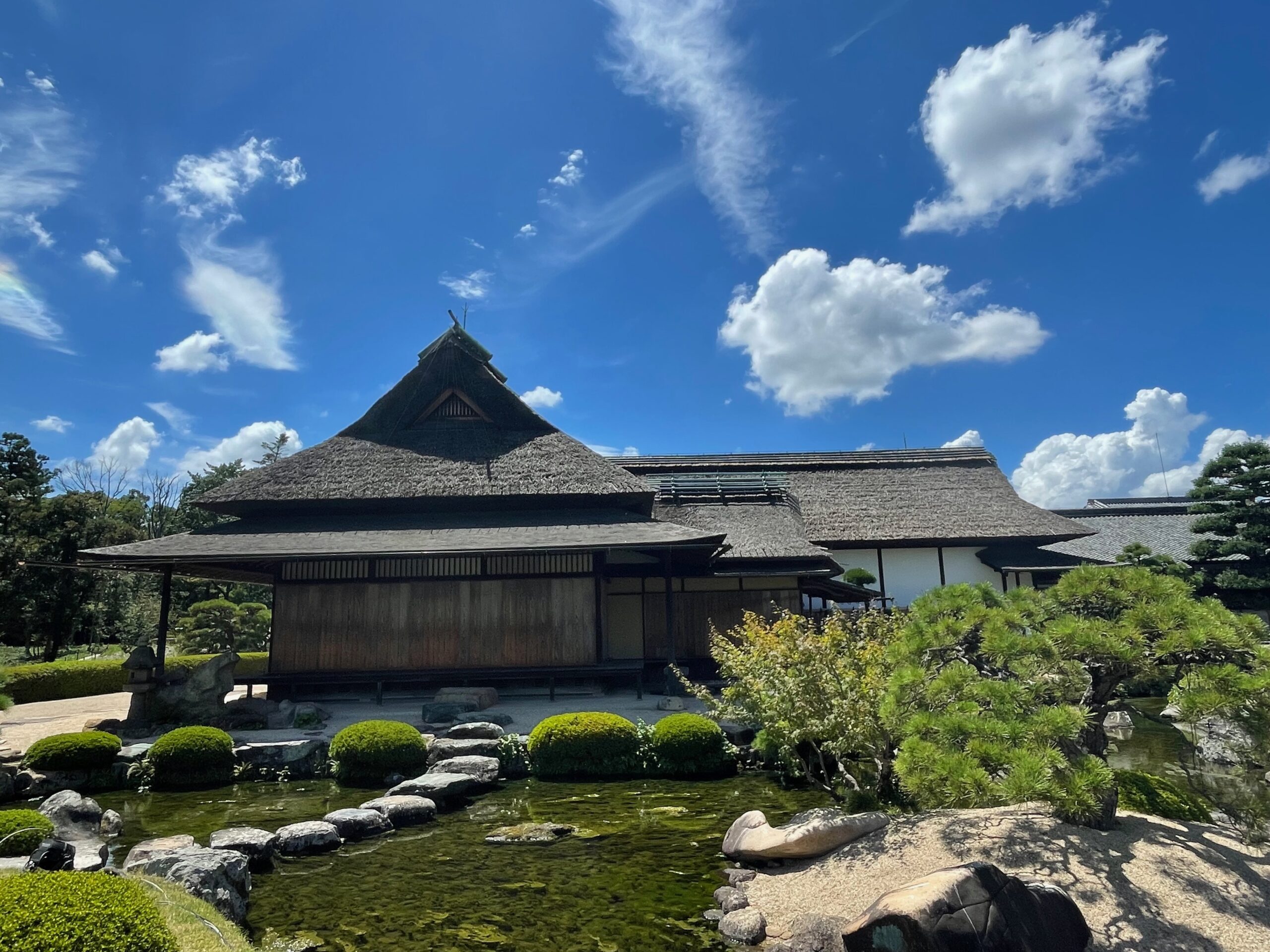 |
Apart from the teahouses, there are few stalls with souvenirs, some of them typical to region in which Okayama is located (regional beverages or confections) as well as many small traditional objects, postcards, books and other cute carefully selected items which will be a perfect reminder of your visit.
As I walked through the bridges or climbed a small hill (which is an excellent observation point at the whole garden), I noticed that there are few other convenient pavilions where you can simply sit and absorb the beautiful landscapes. Those are very nice places to hide from the sun in the hot summers or escape rain. Those small wooden facilities have roofs but no walls and they’re solely for rest and contemplation, nothing is sold or offered there. As Japanese people are very polite and respectful to others, even if several visitors sit in the pavilion, the atmosphere is still very calm and quiet. You can stop here to simply rest and enjoy the nature, read a book or eat your own food which you brought with you as an alternative to the refreshments offered in the teahouse.
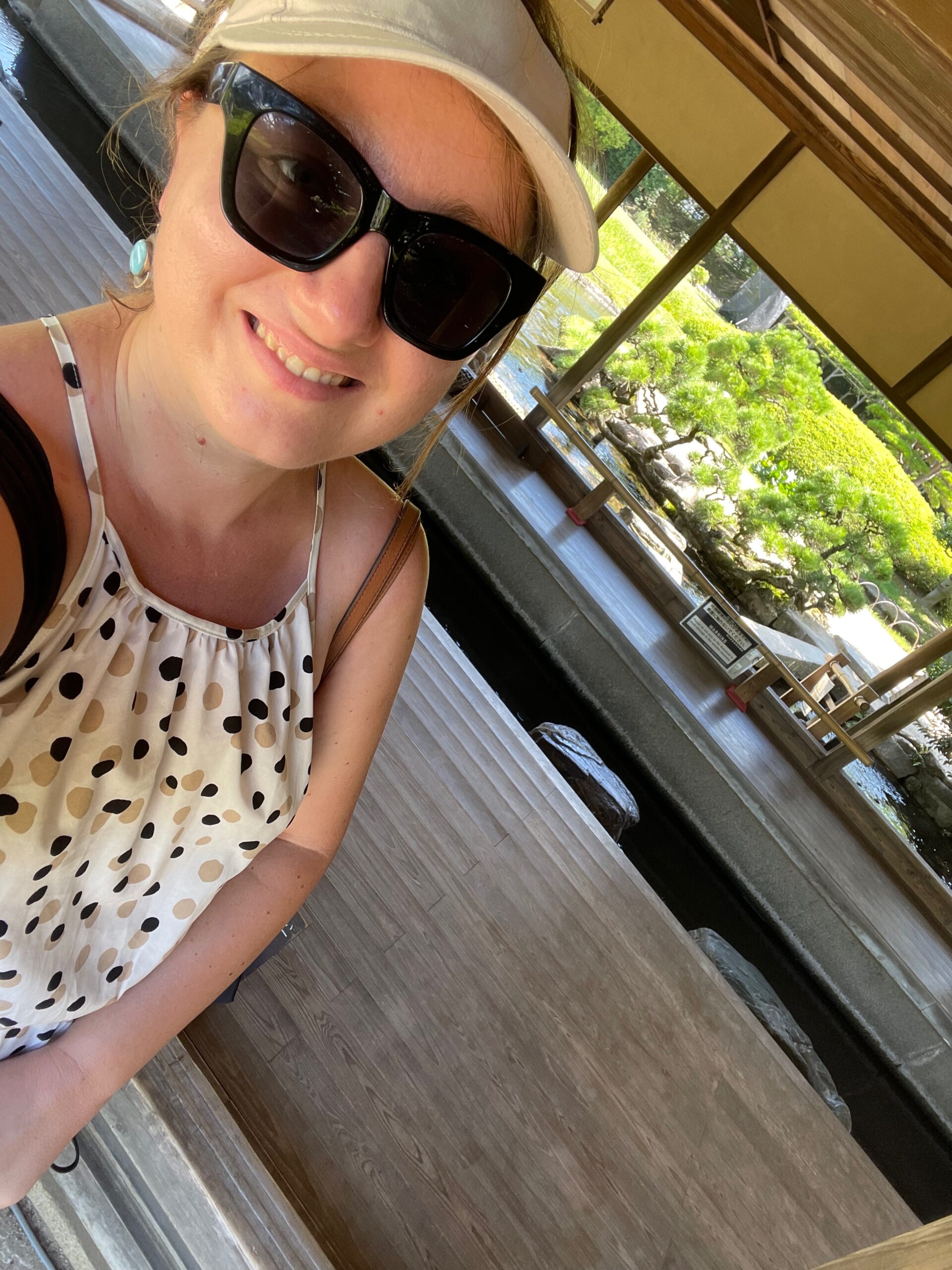 |
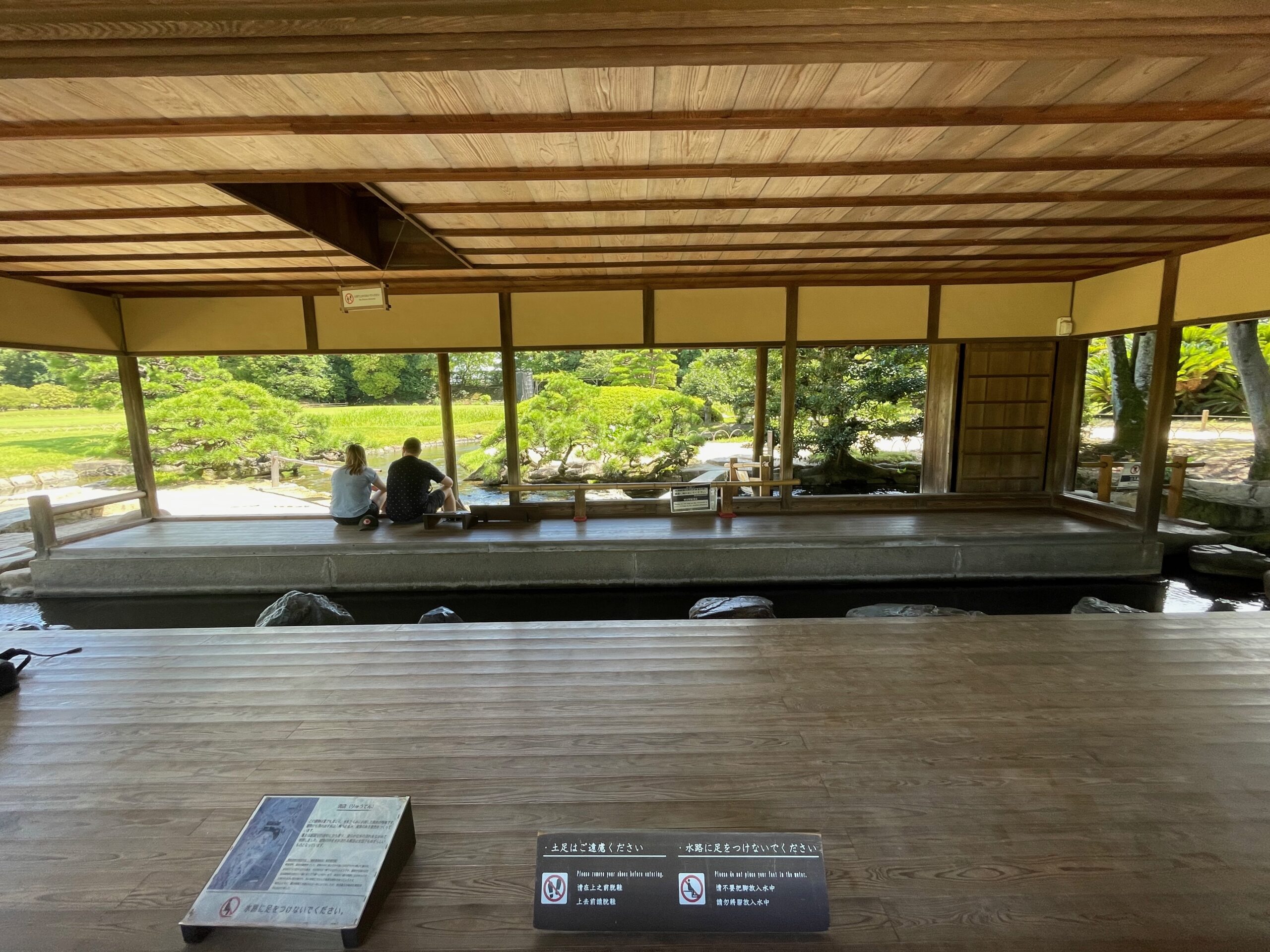 |
 |
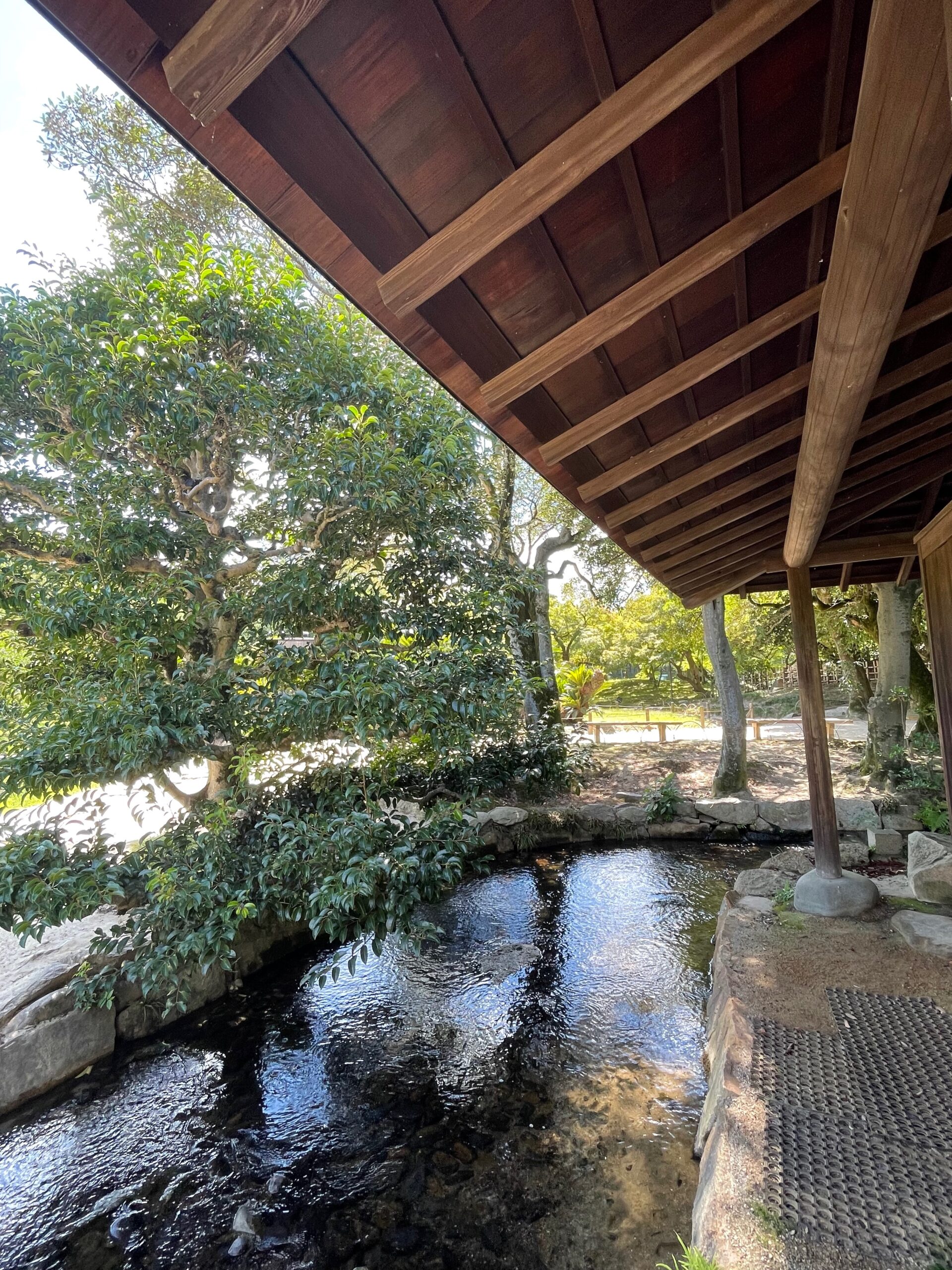 |
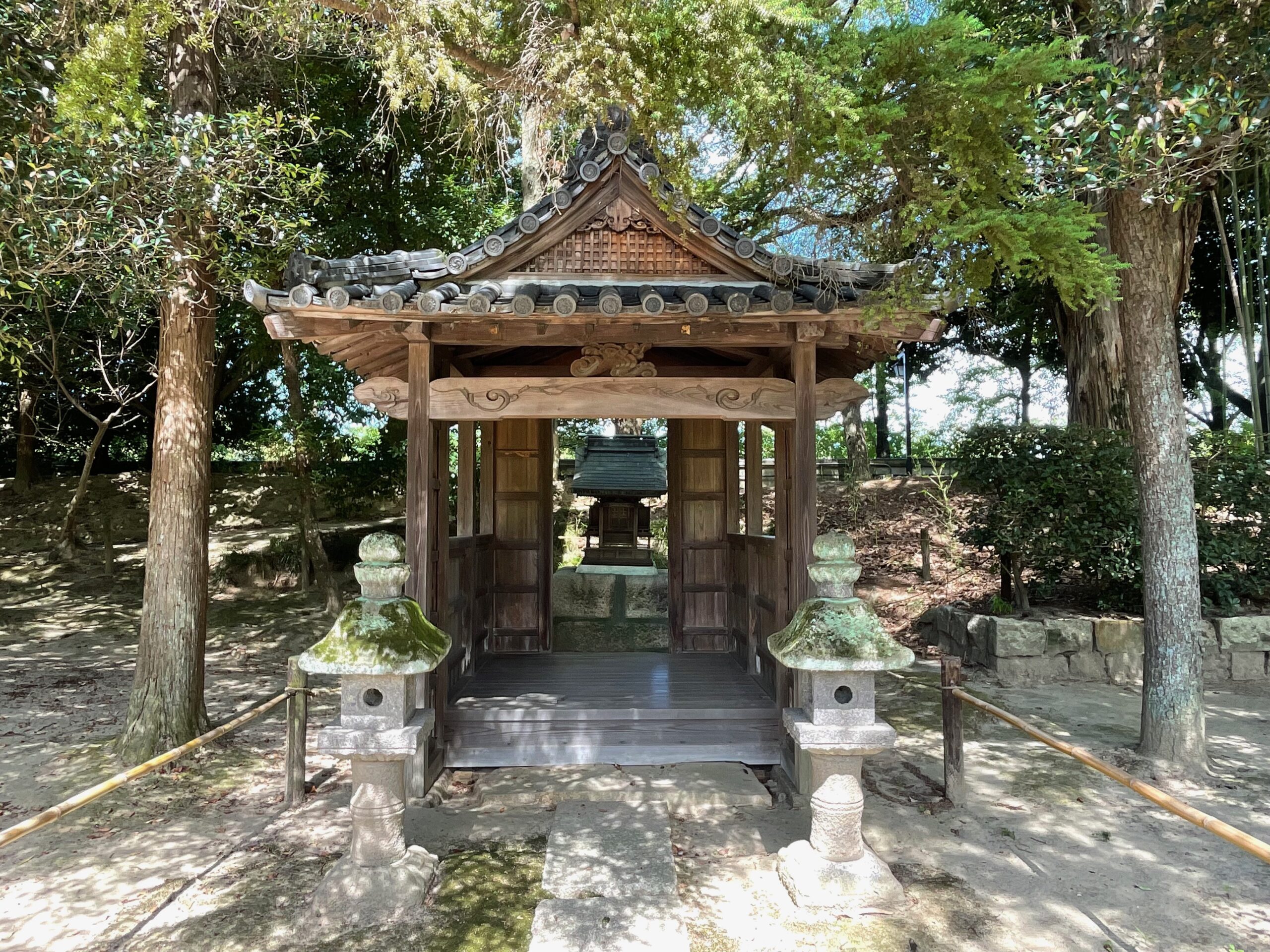 |
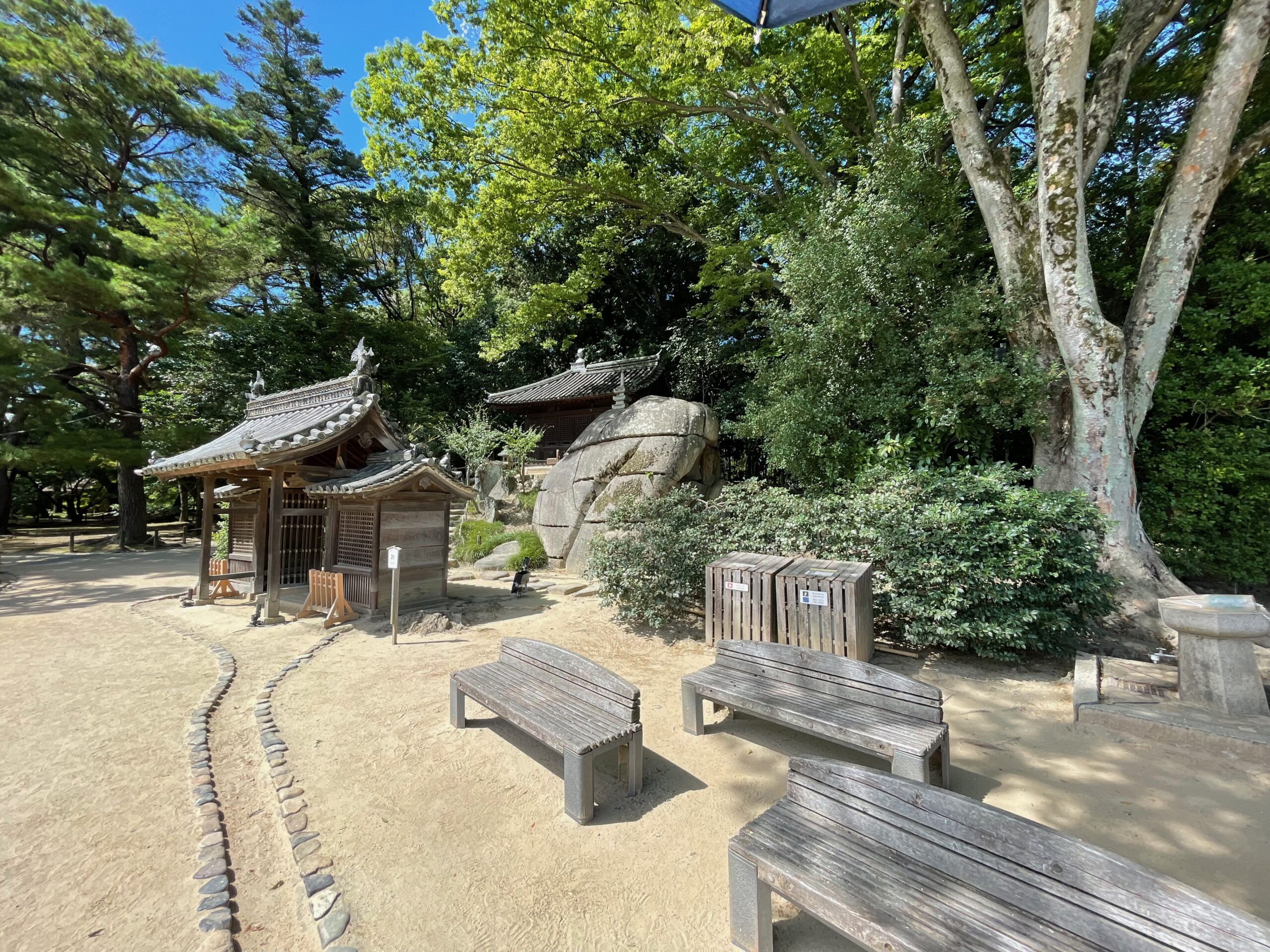 |
Kōraku-en is a garden that truly shines in every season. In spring, cherry blossoms create a breathtaking pink canopy. Summer brings lush greenery and the tranquil sound of flowing water. Autumn showcases vibrant foliage, and in winter, the garden is often covered with snow, creating a serene and picturesque landscape.
Are the Kōraku-en and Kenroku-en gardens worth a visit and are they really “great” gardens of Japan?
visited all the gardens in the country to be able to make some firm statements, I also haven’t seen the third great garden Kairaku-en in Mito. However, from the gardens I visited in Japan so far, I admit that the Kōraku-en and Kenroku-en gardens are of exceptional beauty offering stunning landscapes with carefully arranged plants, trees, ponds, and rock formations which provide a peaceful and tranquil environment that allows visitors to escape the hustle and bustle of daily life.
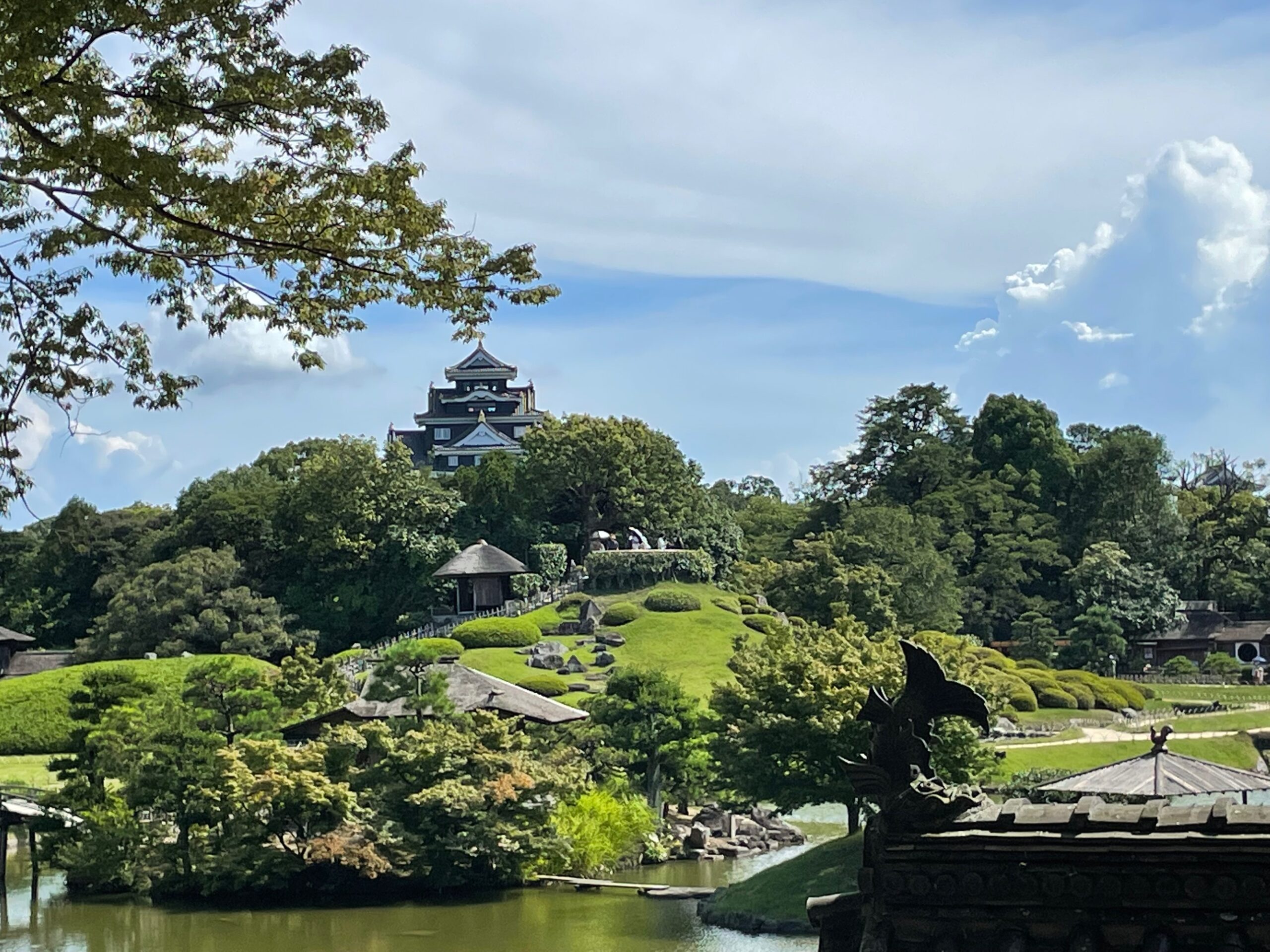 |
Both gardens allow to experience Japanese culture and history. Visiting them provides a window into traditional Japanese aesthetics, design principles, and the influence of Zen Buddhism on garden design. Kōraku-en and Kenroku-en were also thoughtfully planned to highlight the beauty of each season. Whether it’s cherry blossoms in spring, vibrant foliage in autumn, or snow-covered landscapes in winter, these gardens offer a different experience with the changing seasons, making them worth revisiting throughout the year. Moreover, the gardens are complemented by historic teahouses, bridges, lanterns, and pavilions which adds even to the overall charm and aesthetic appeal and provide insights into traditional Japanese architecture. One can gain a deeper understanding of the Japanese way of life and appreciate the significance of these gardens in Japanese society.
For all the reasons mentioned above I really highly recommend coming to one of the Great Gardens in Japan as a part of immersion into Japanese culture and traditions. Whether you’re a nature enthusiast, history buff, or someone seeking inner peace and inspiration, these gardens provide a unique and captivating journey into the heart of Japan’s cultural and natural beauty. The gardens offer incredible photo opportunities. The carefully composed landscapes, picturesque elements, and the changing seasonal colors make these gardens a photographer’s paradise I highly recommend including at least one of the great gardens in your itinerary around Japan!
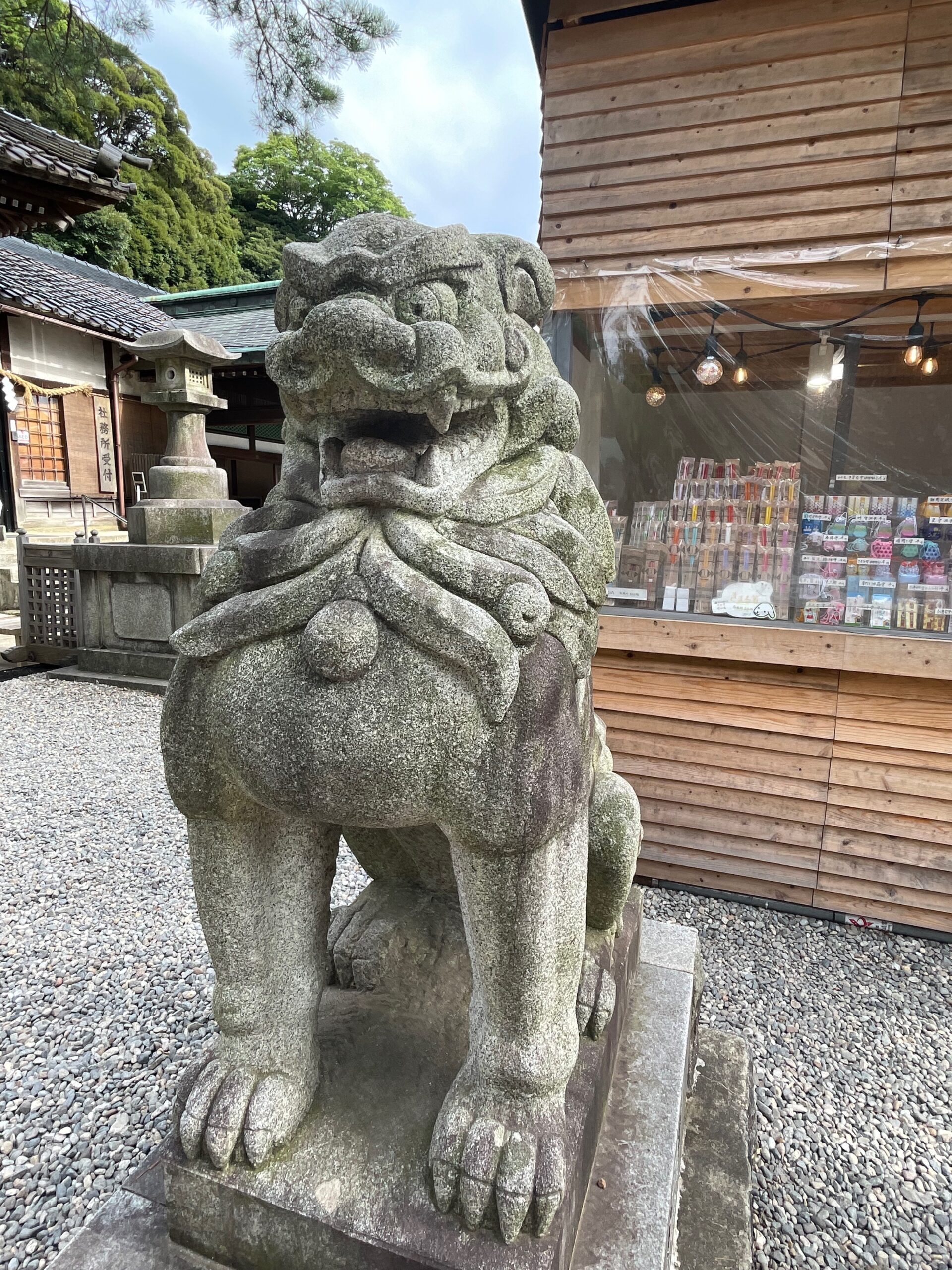 |
